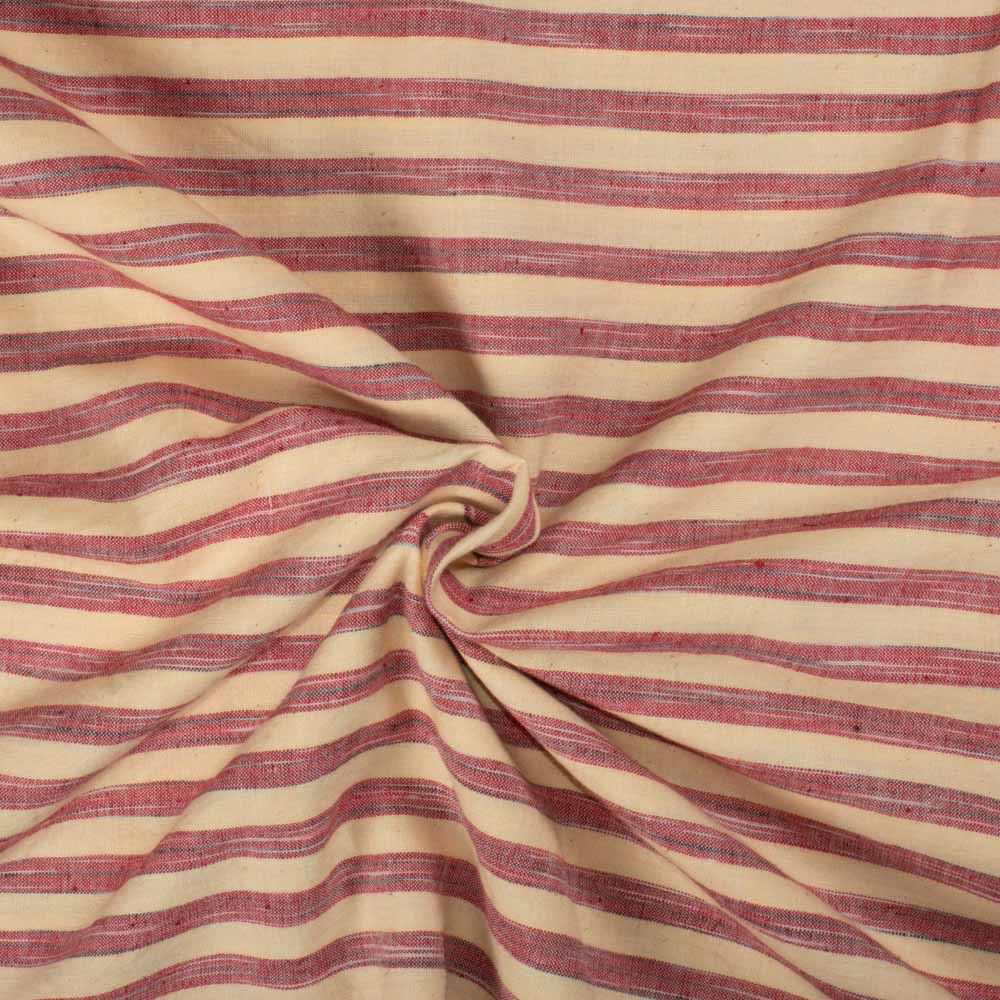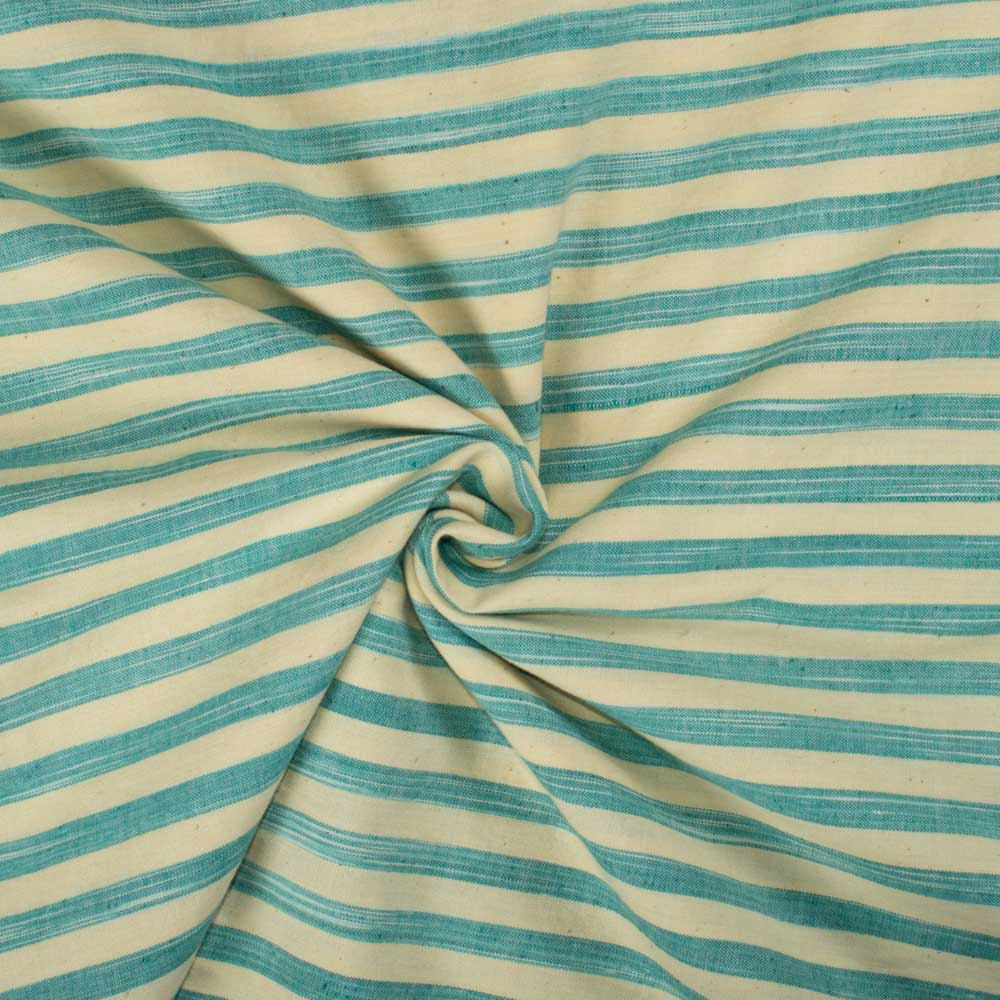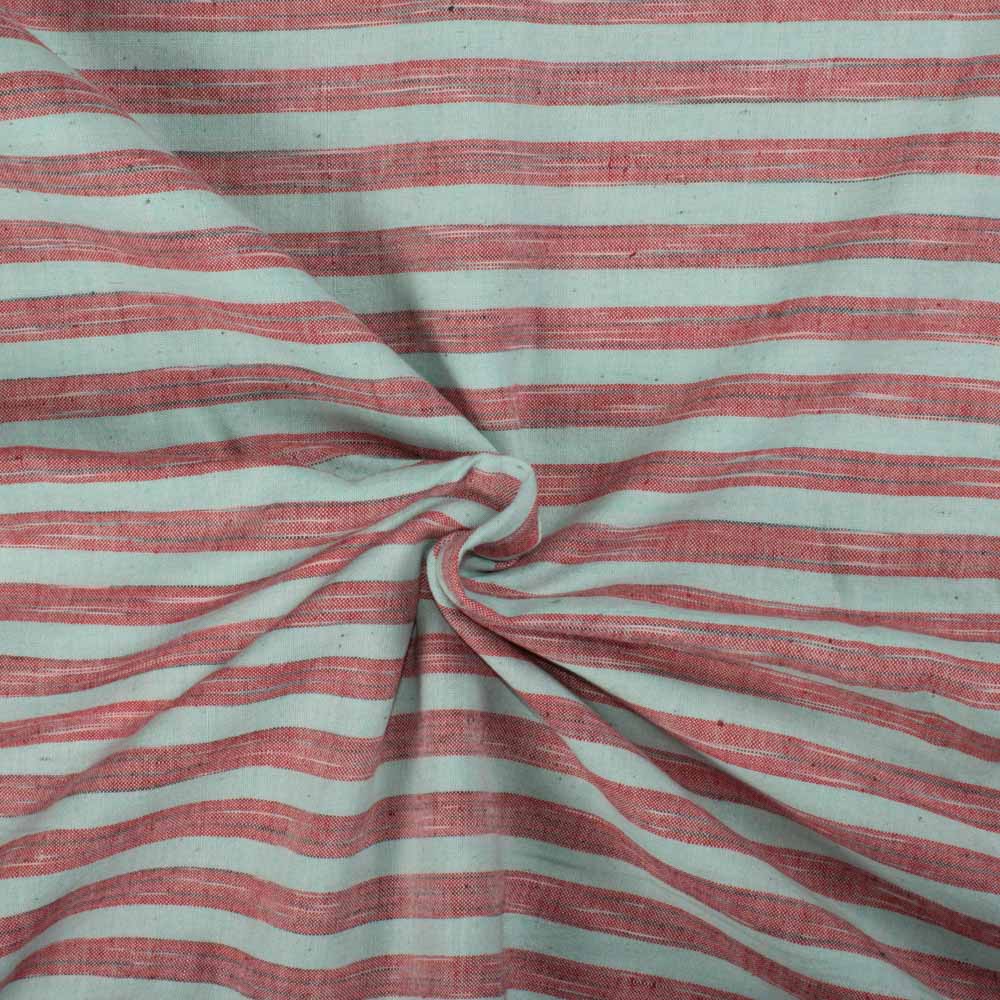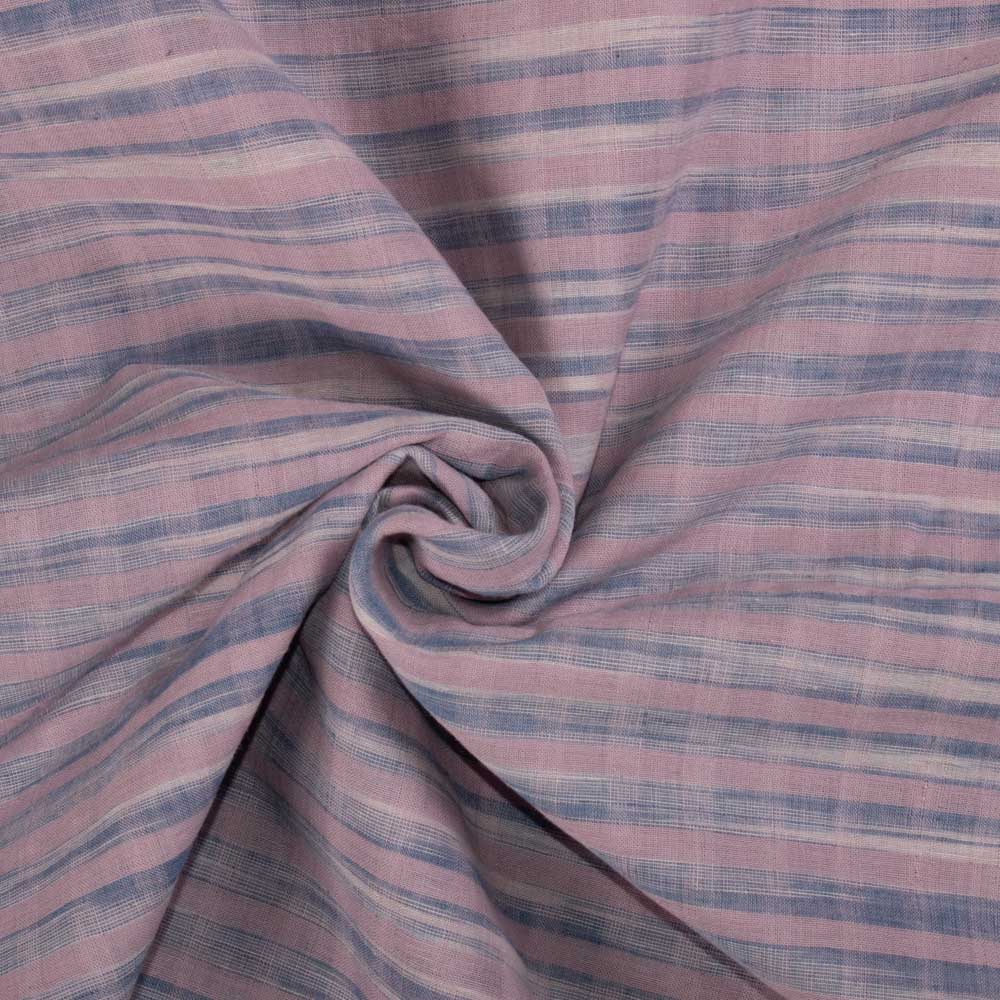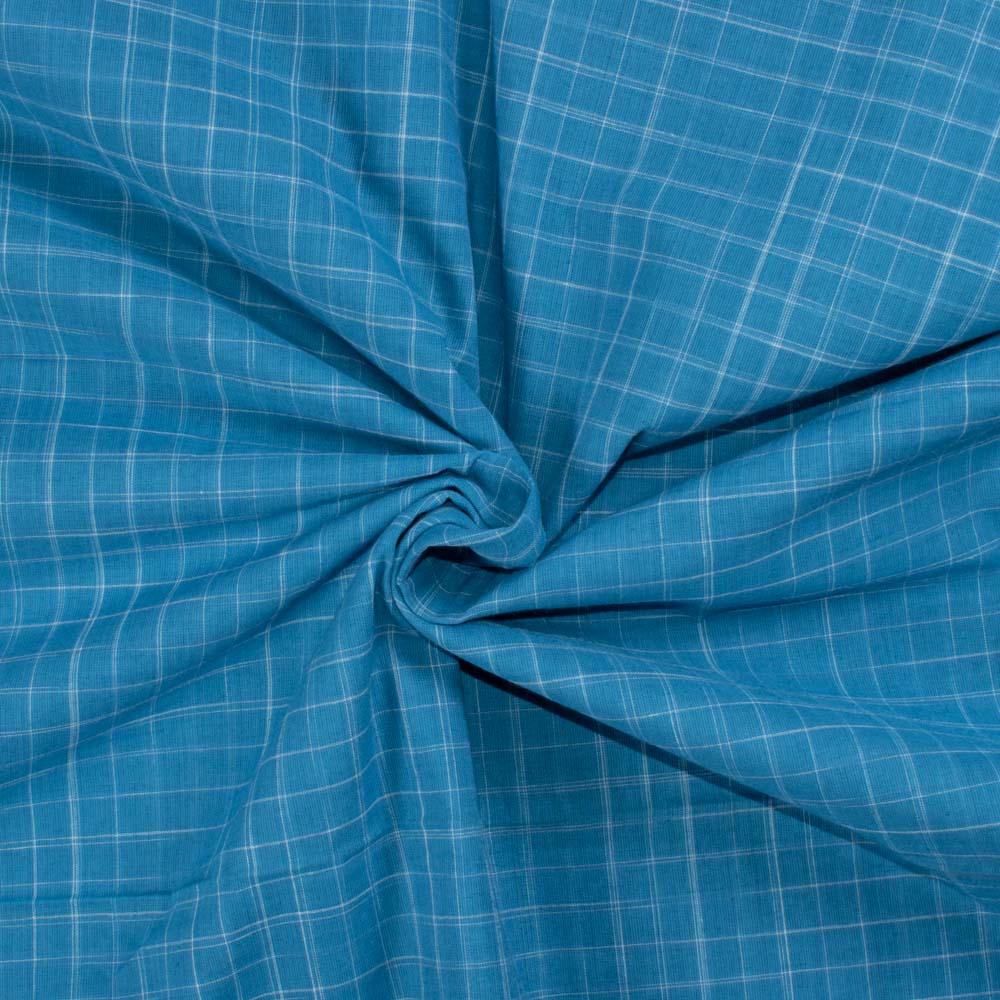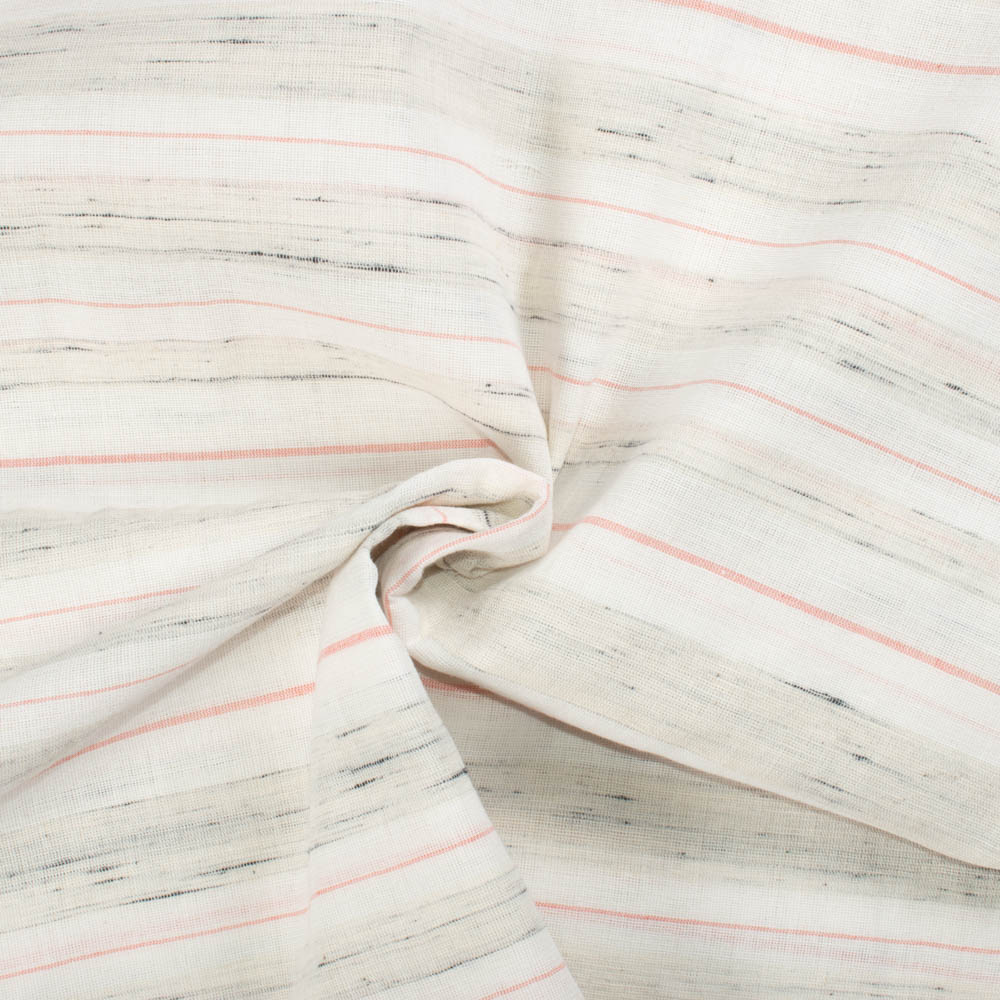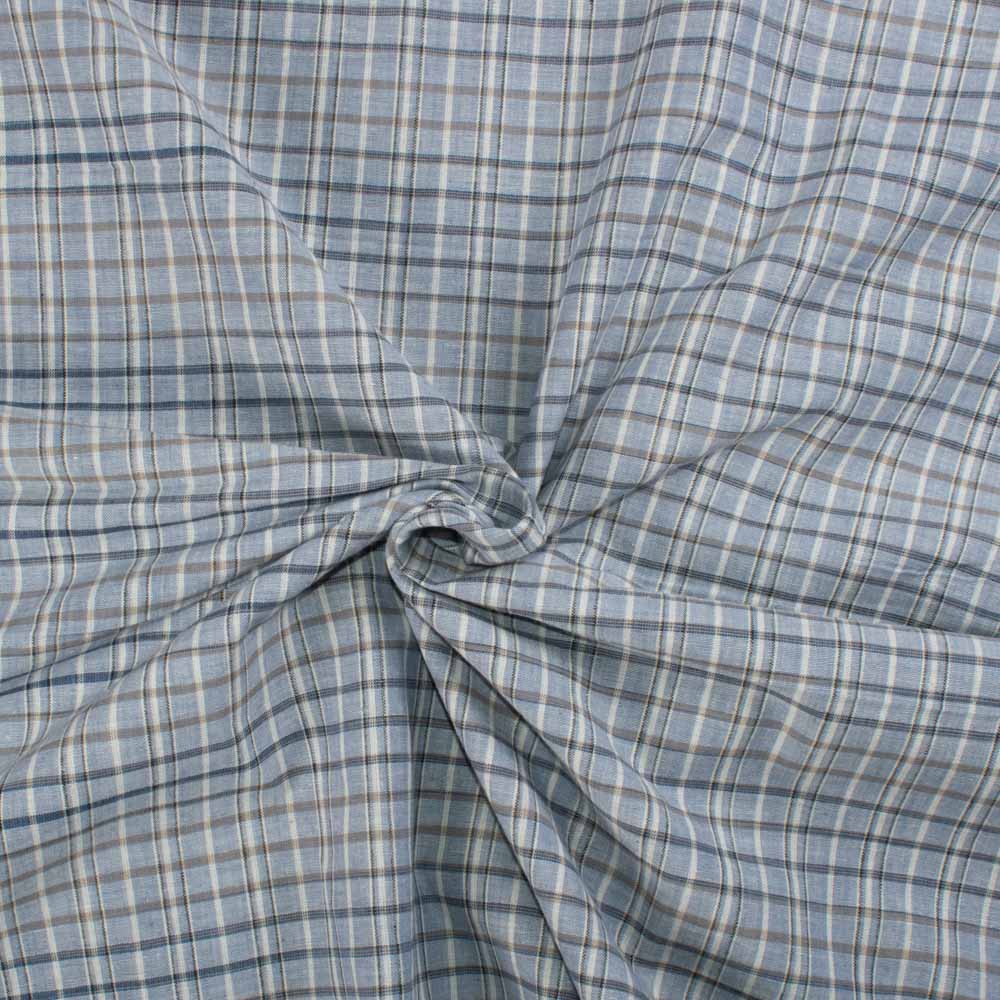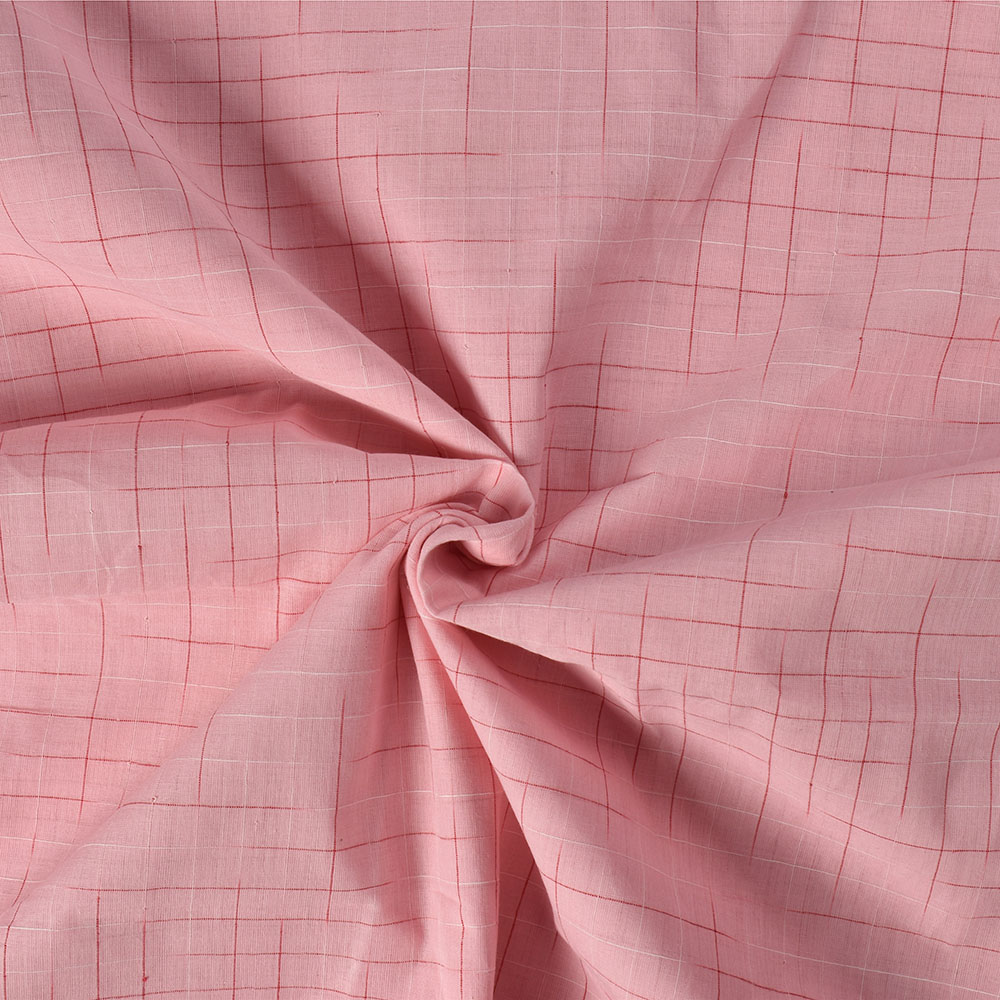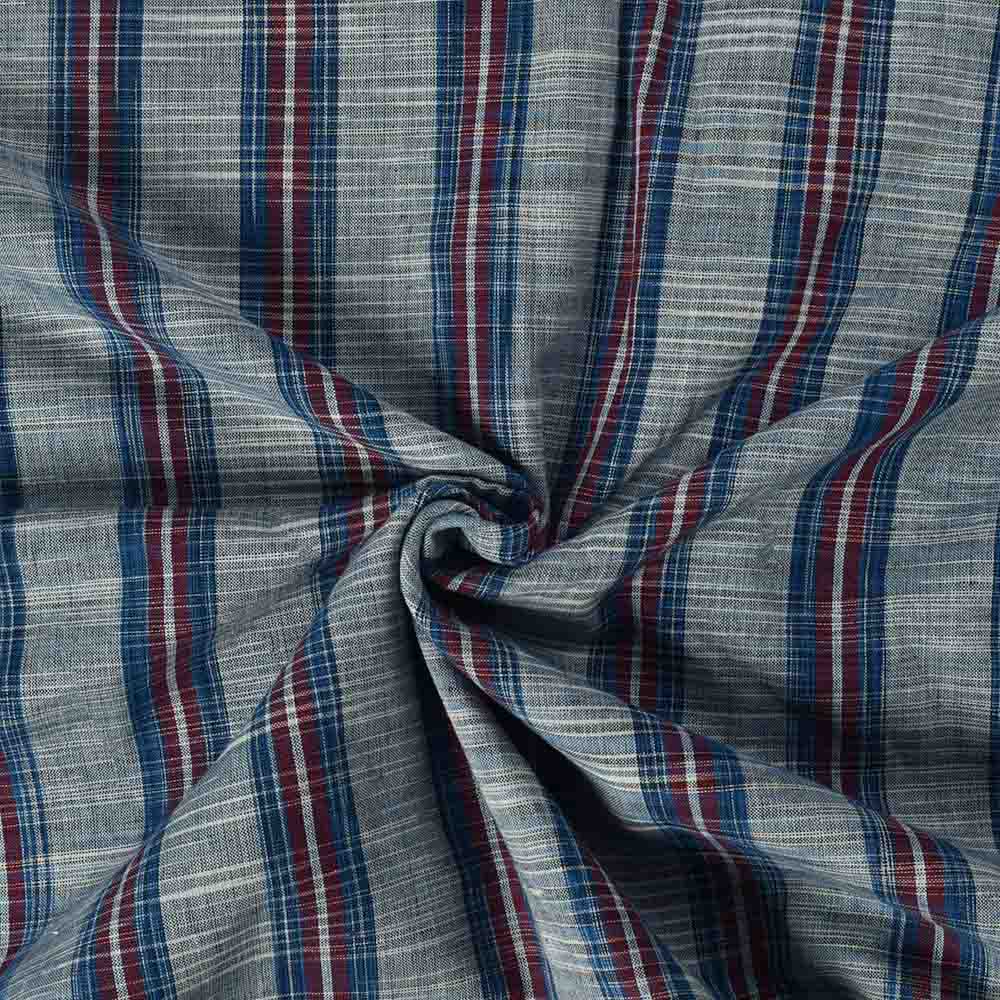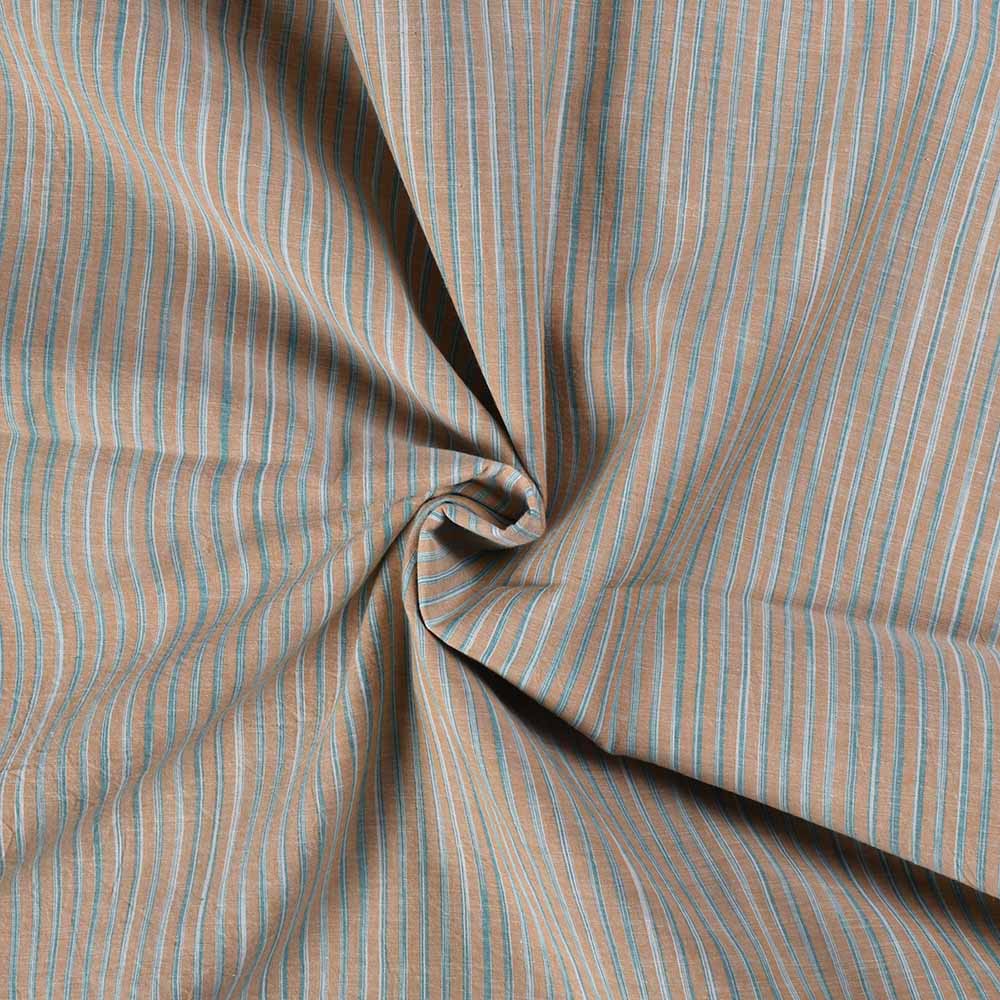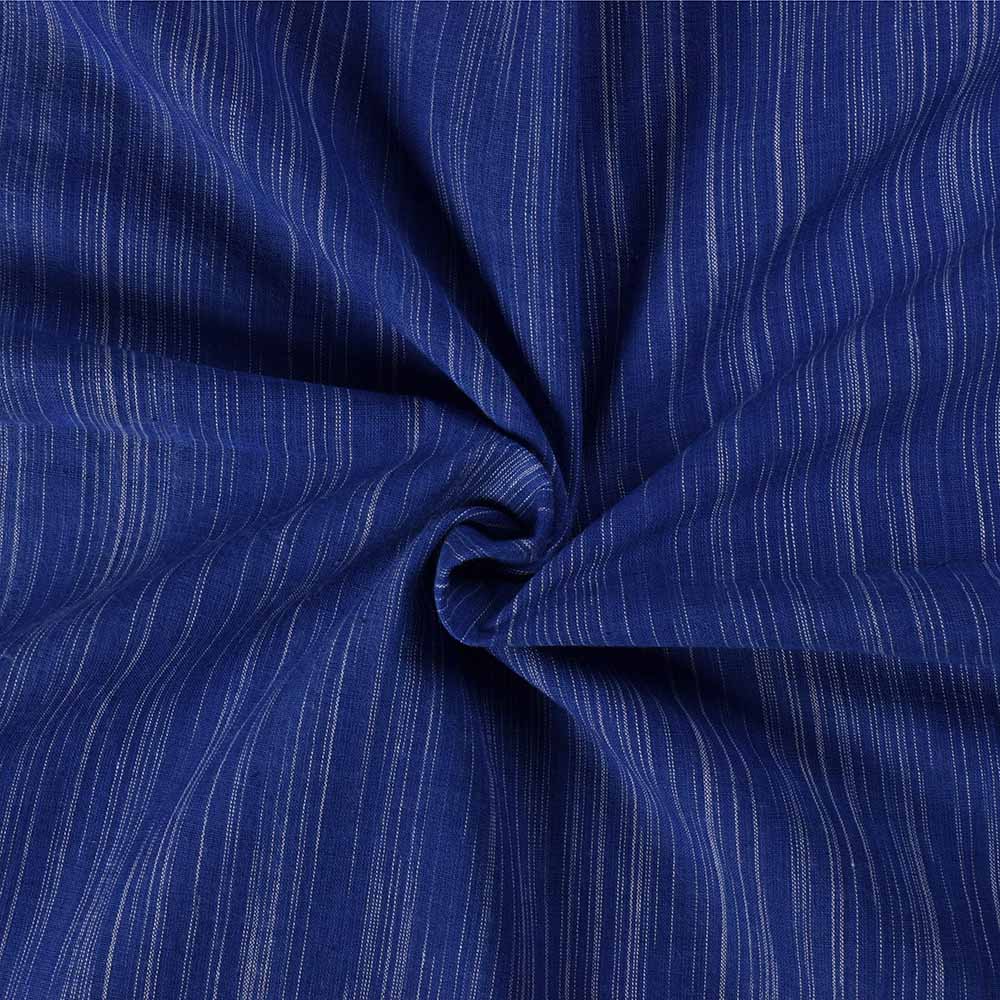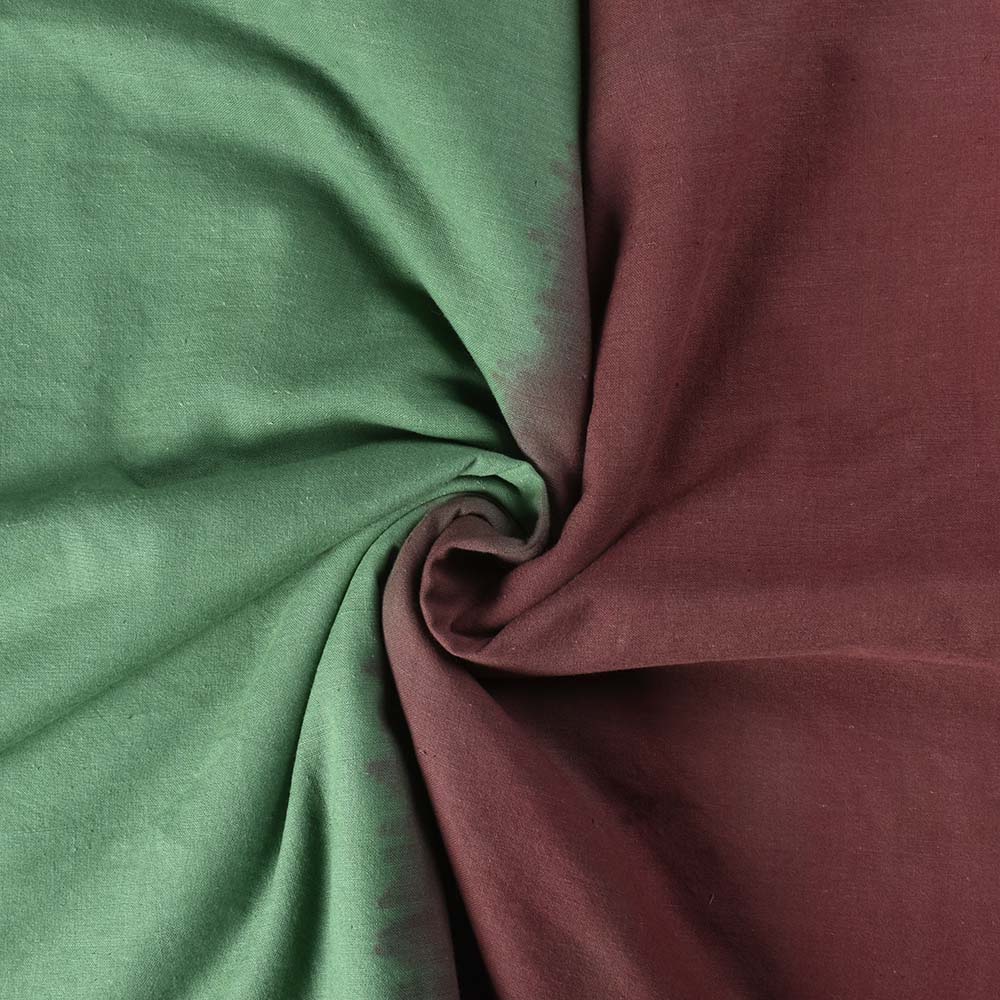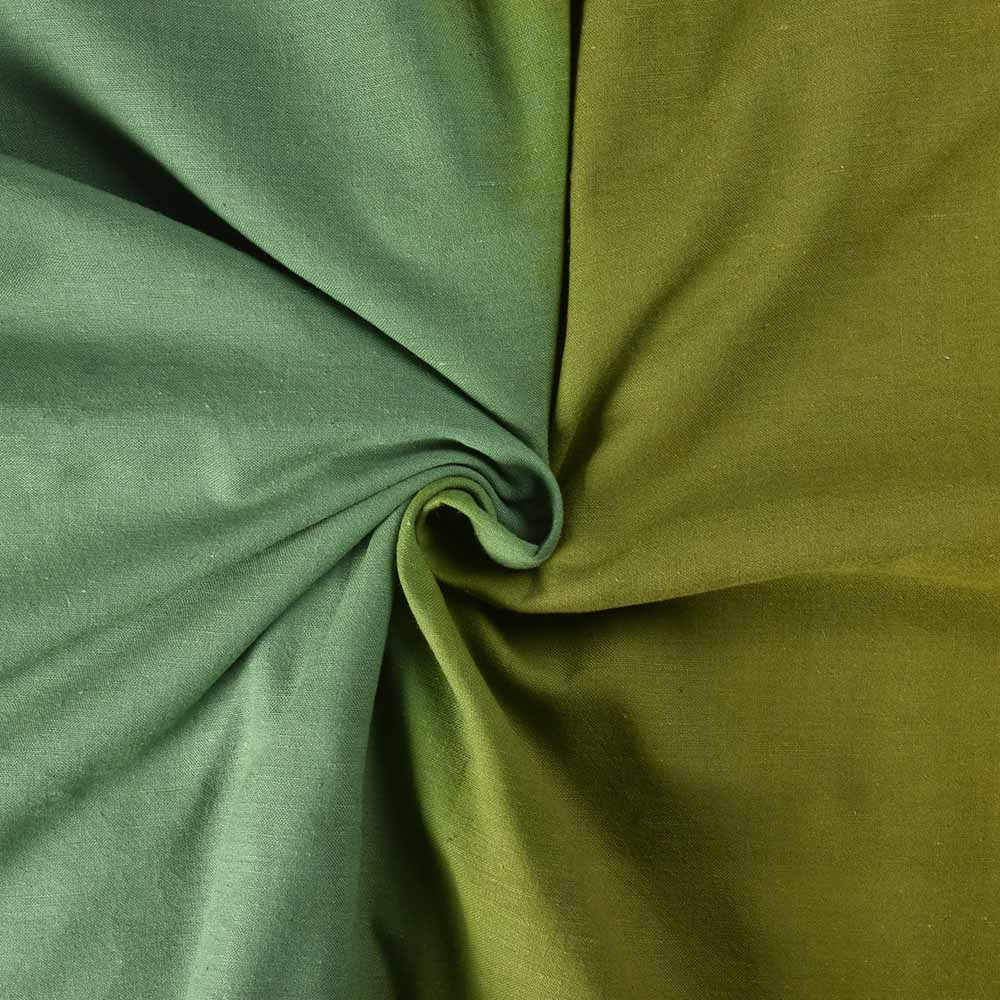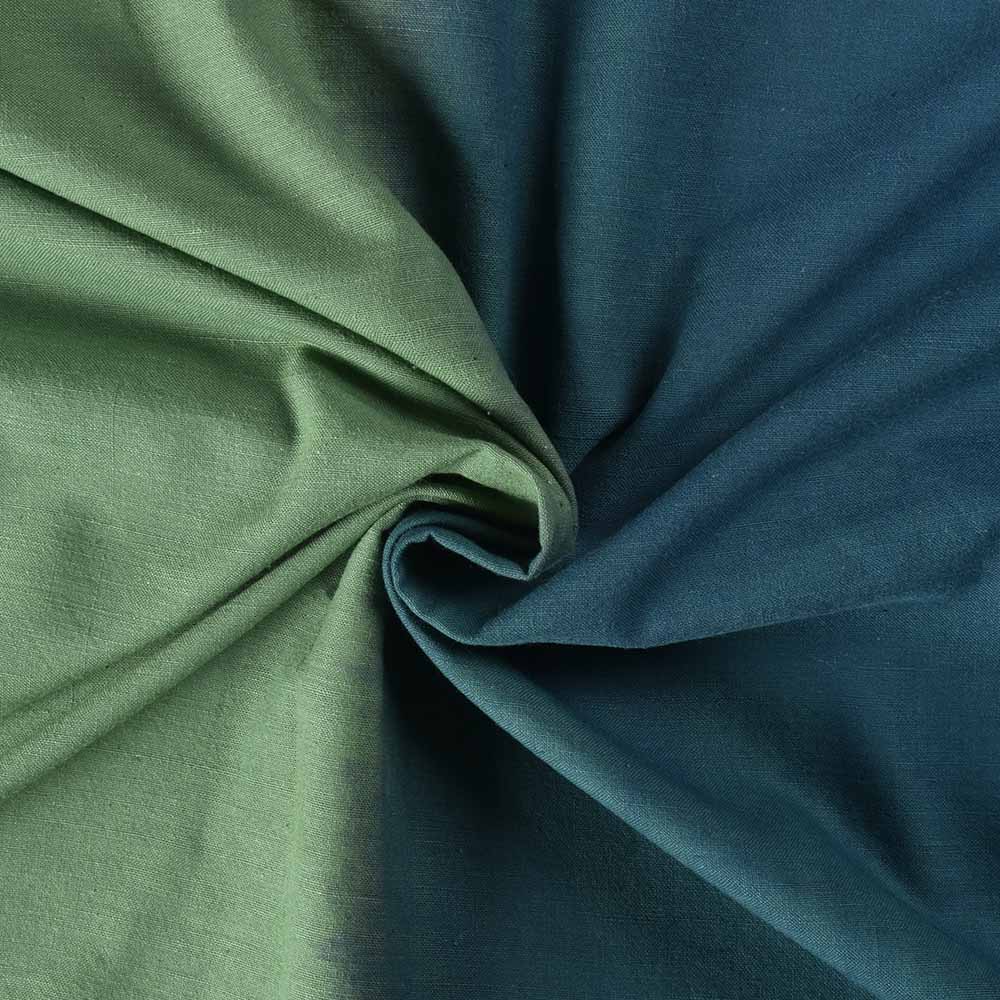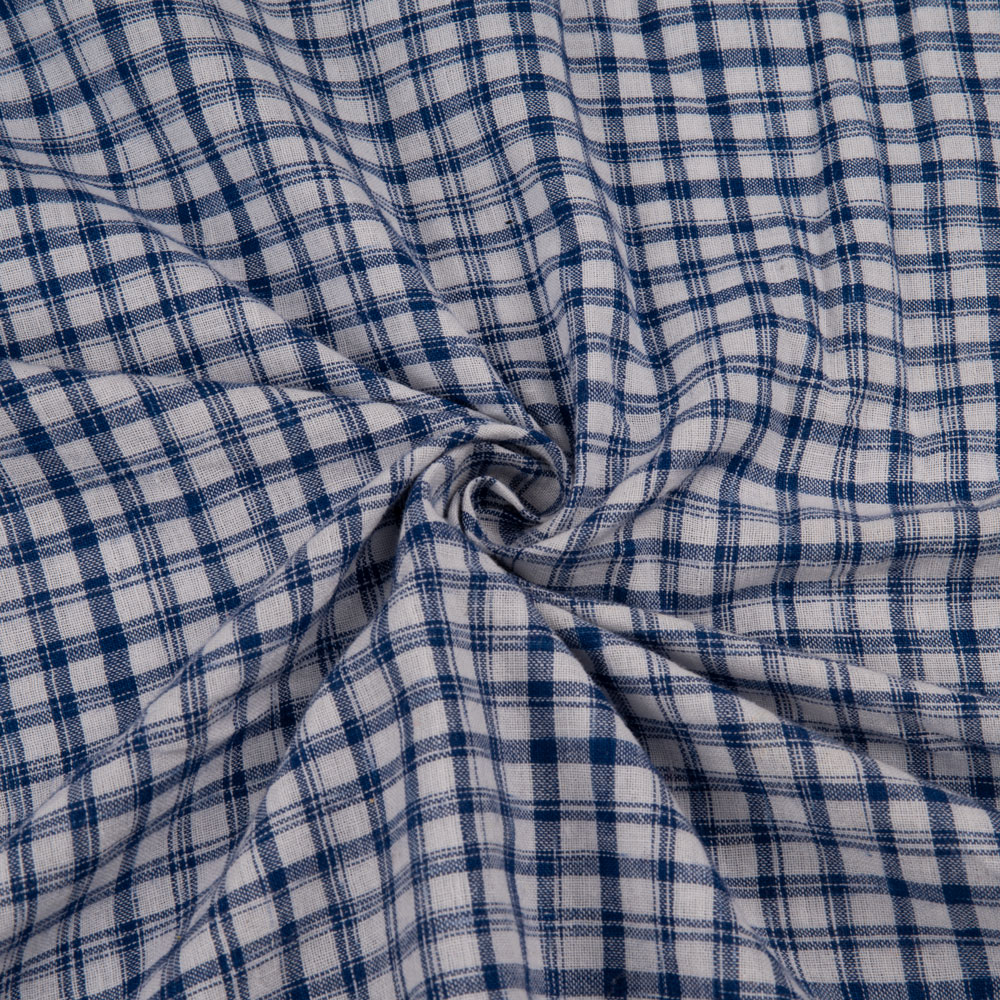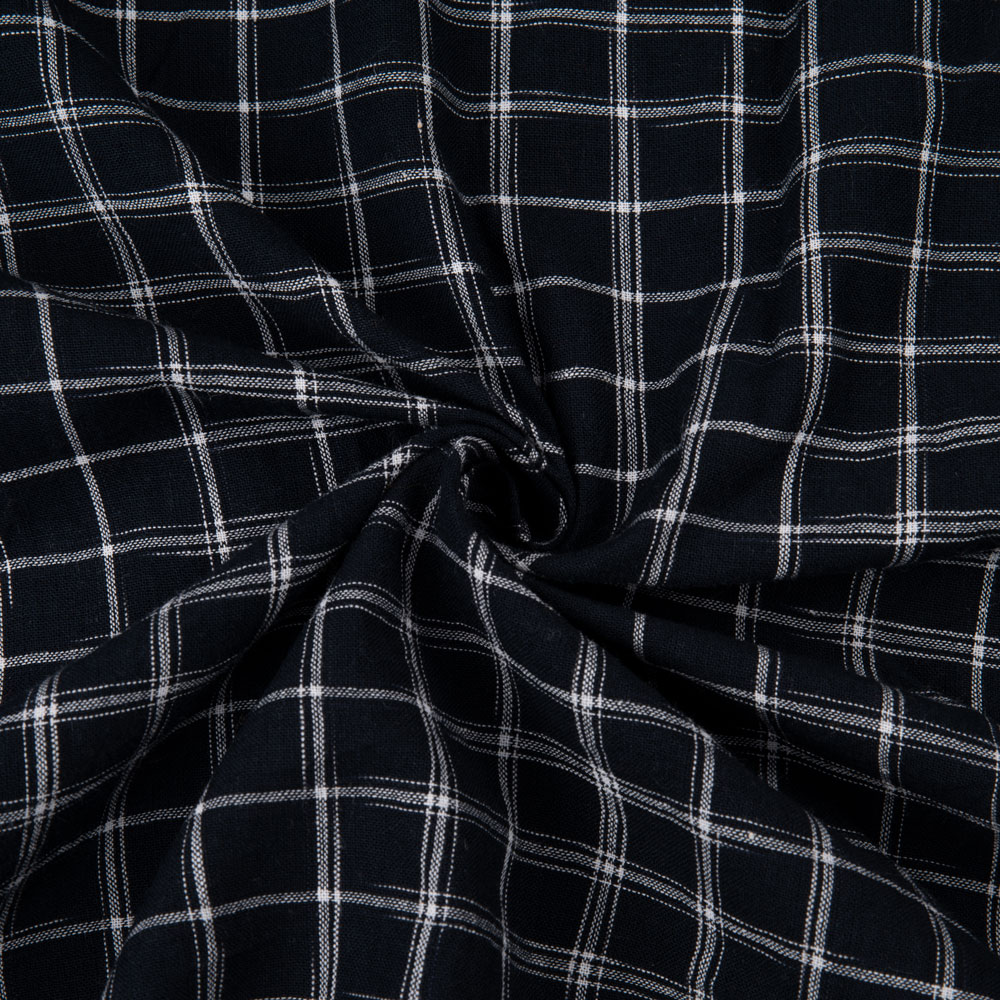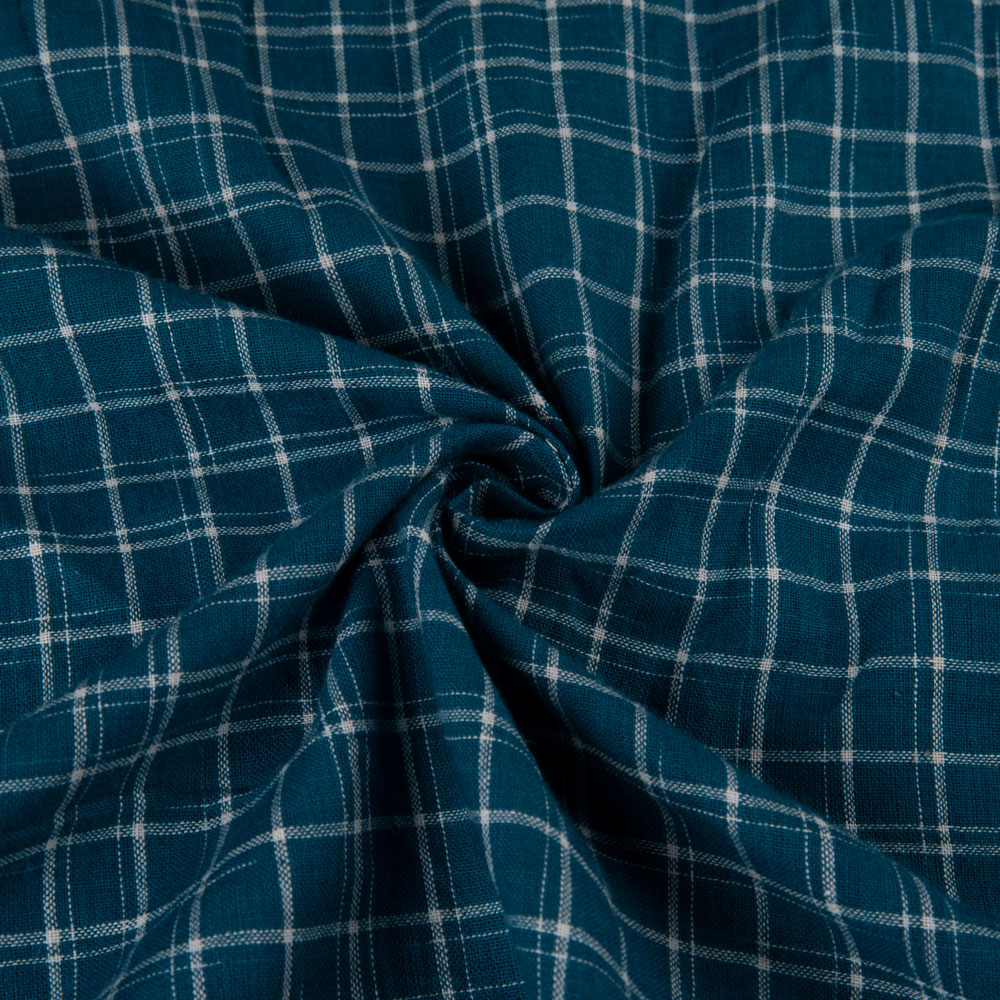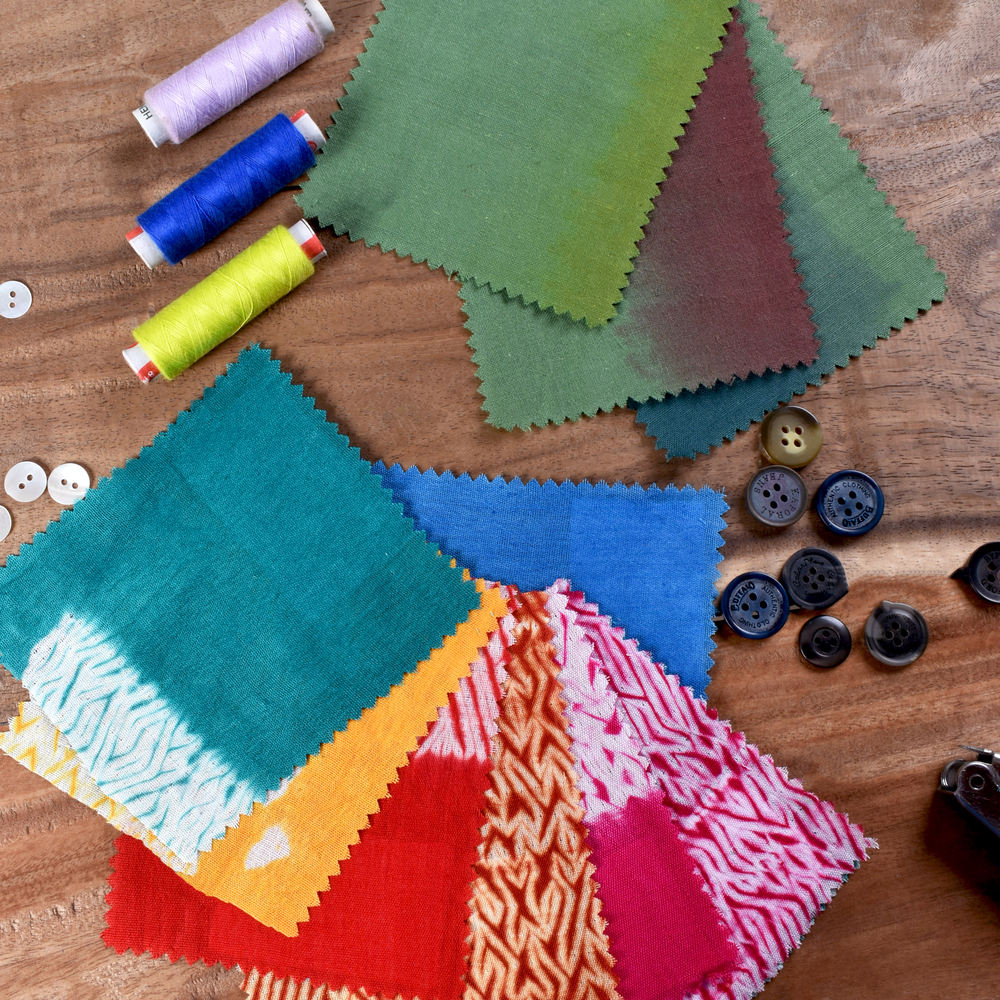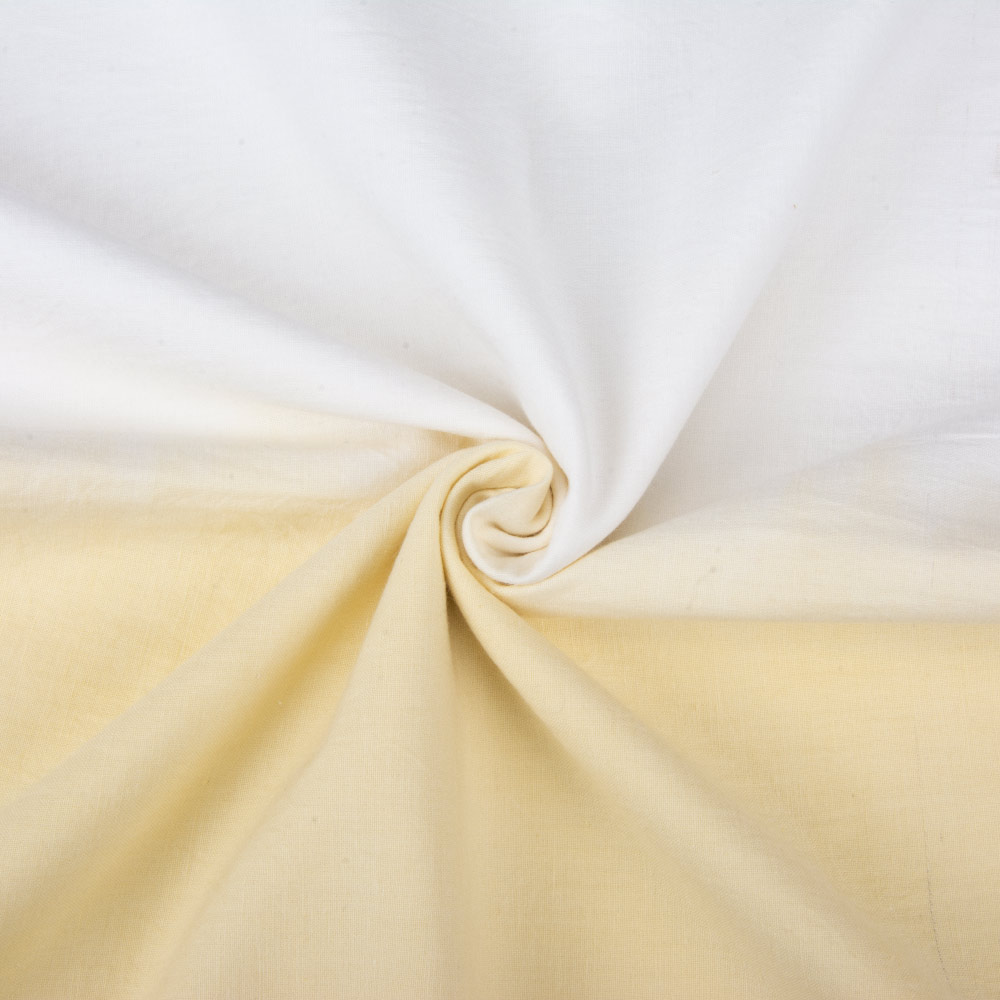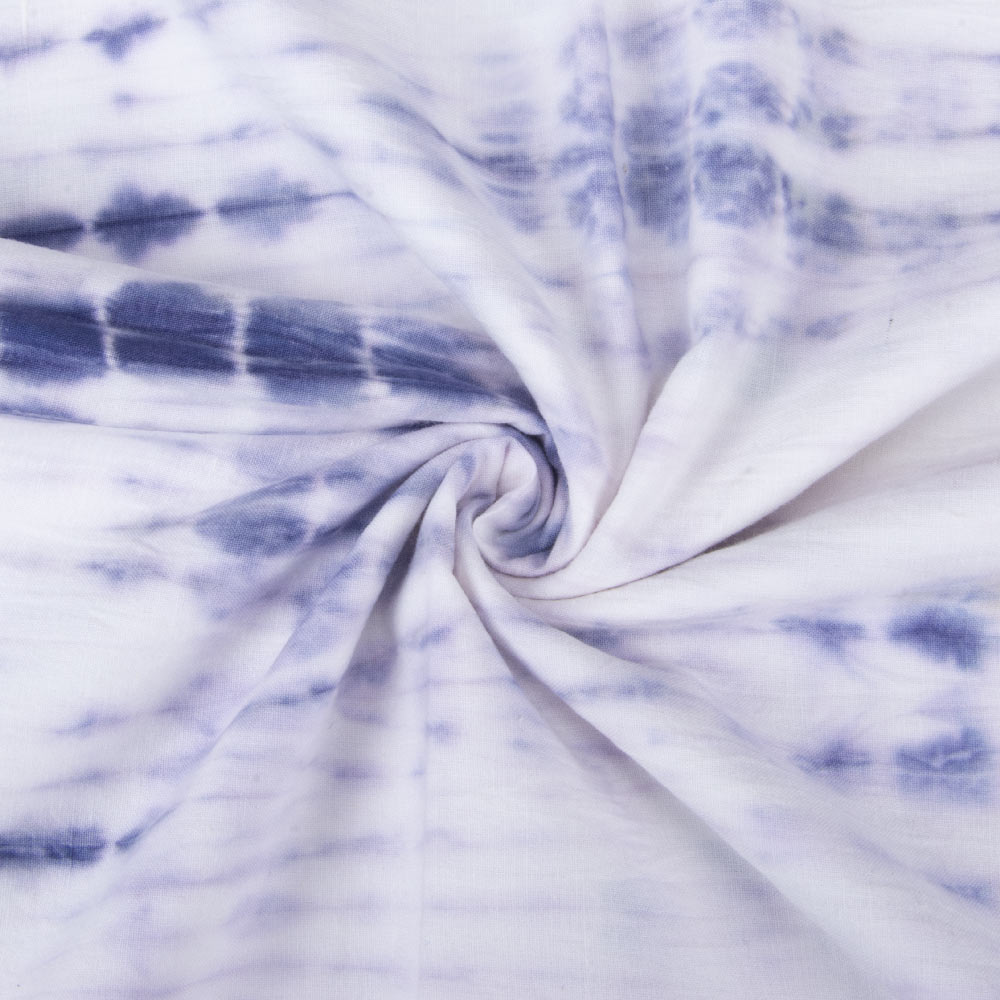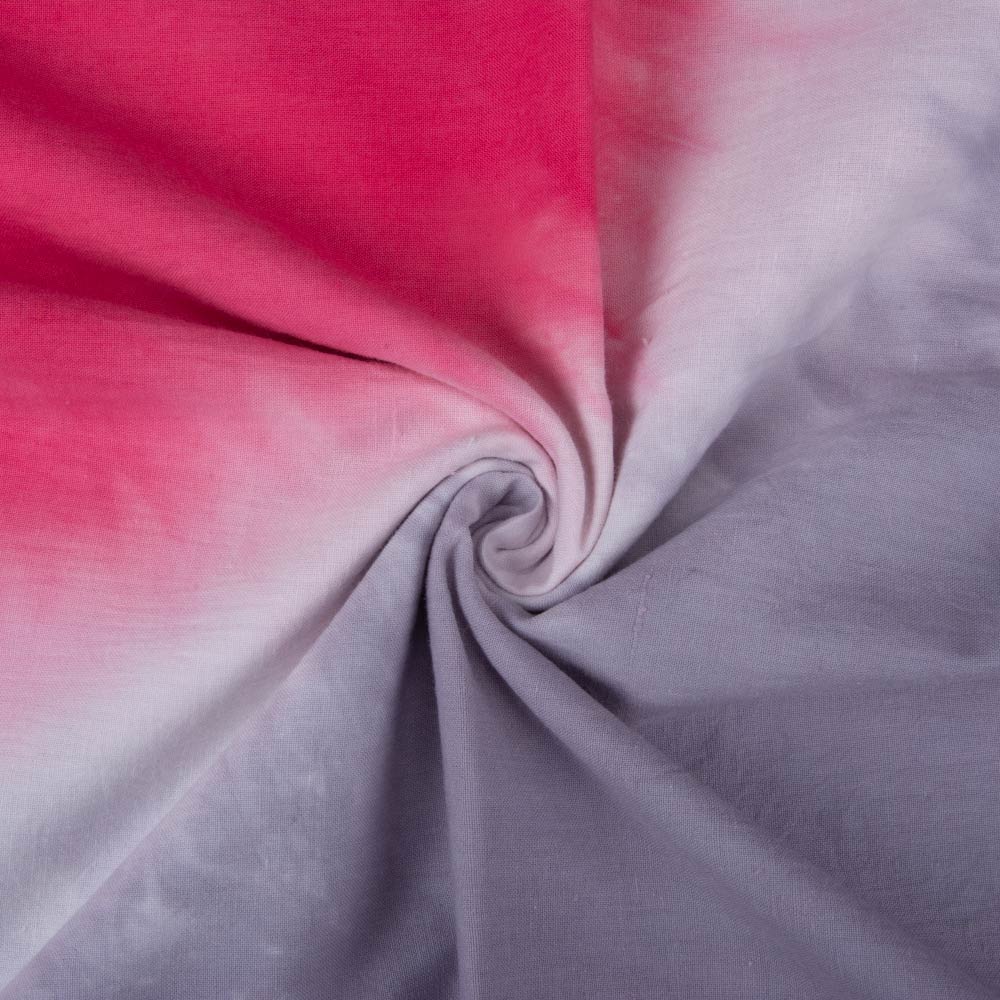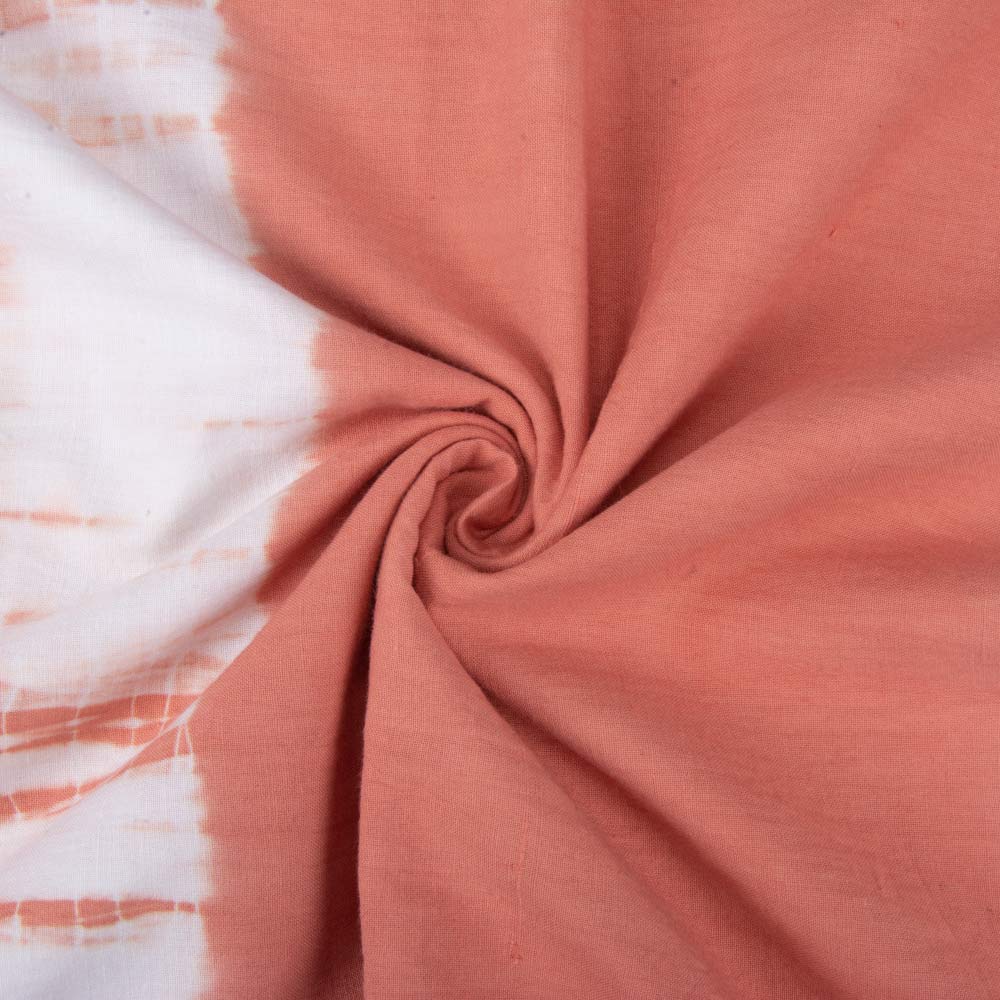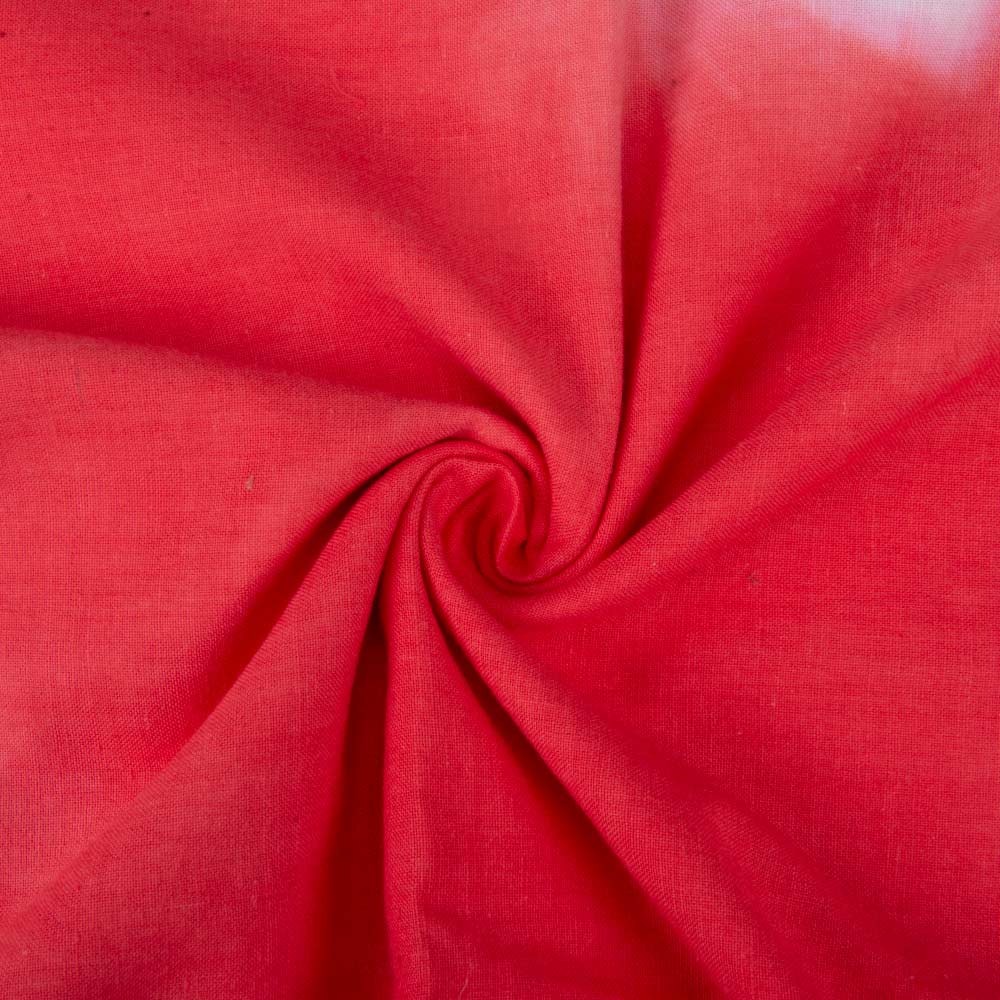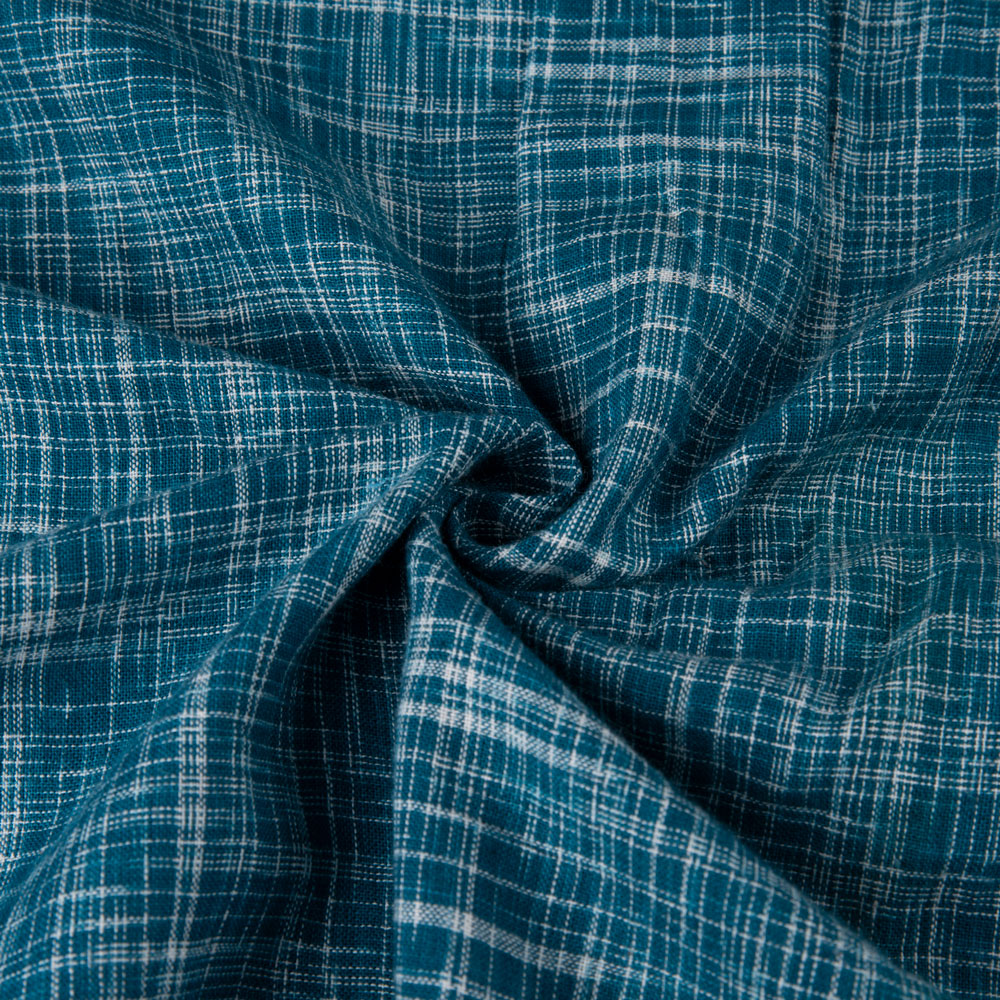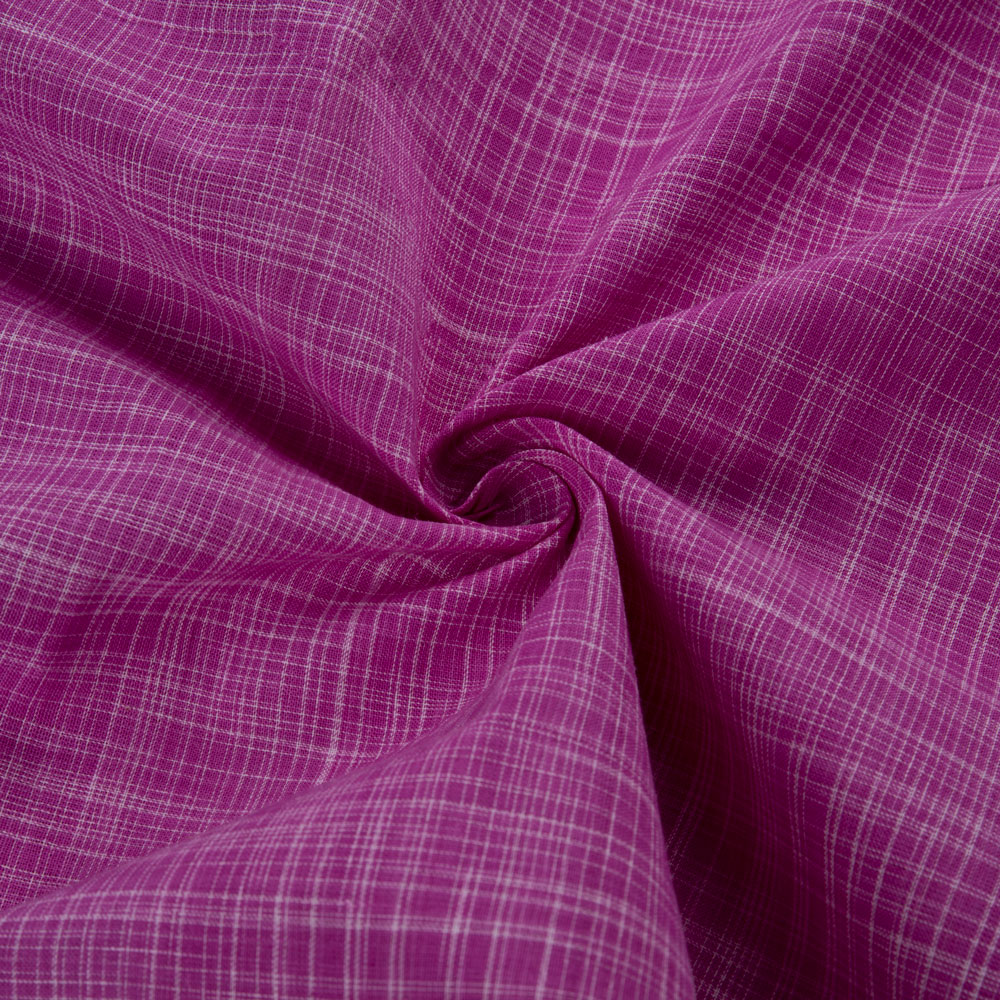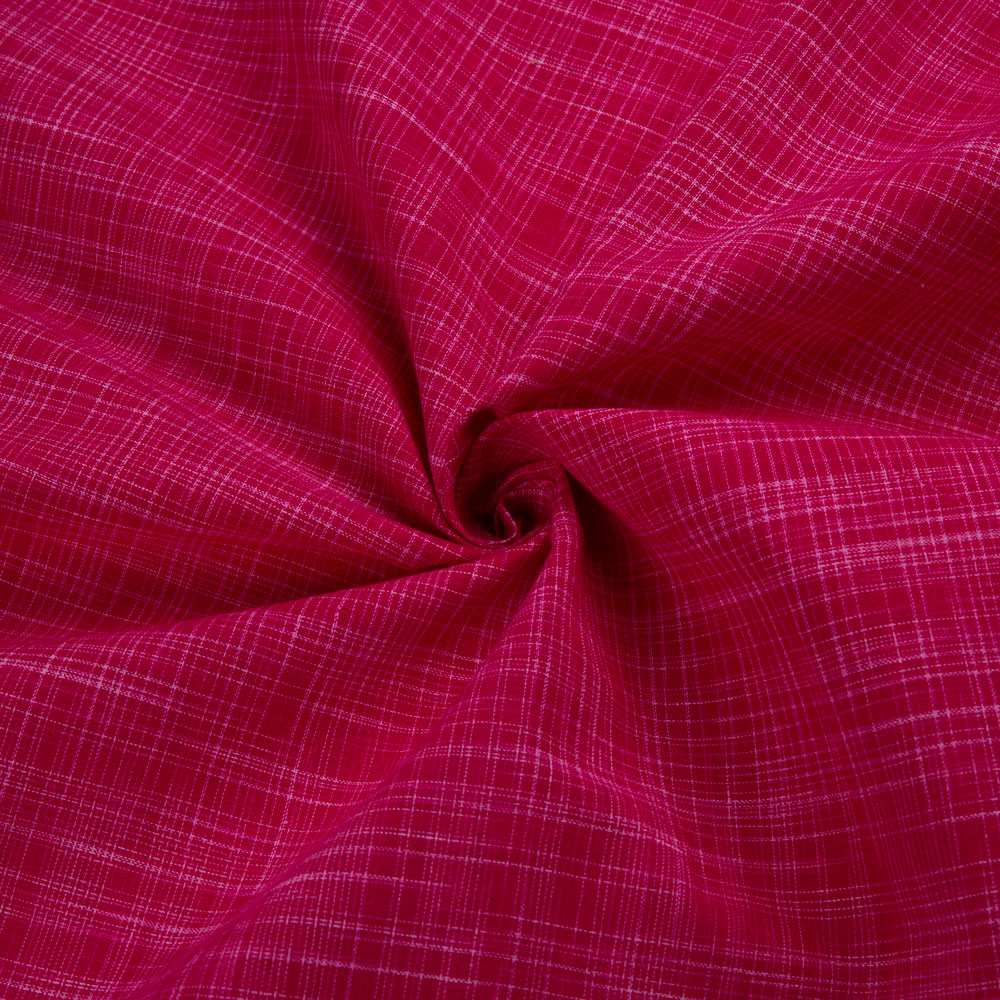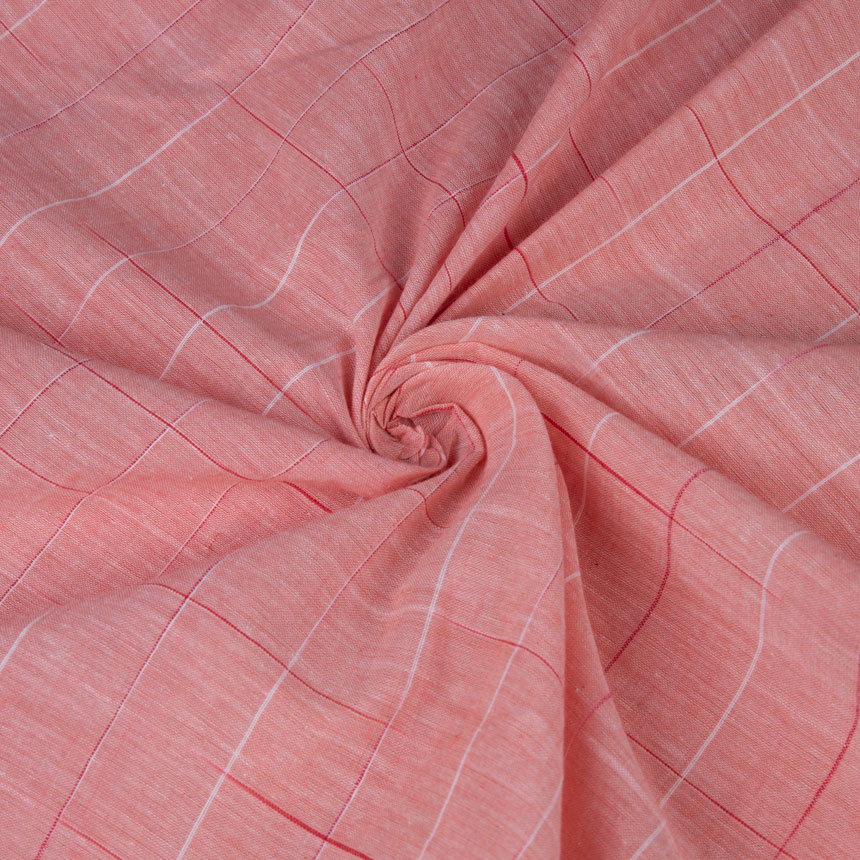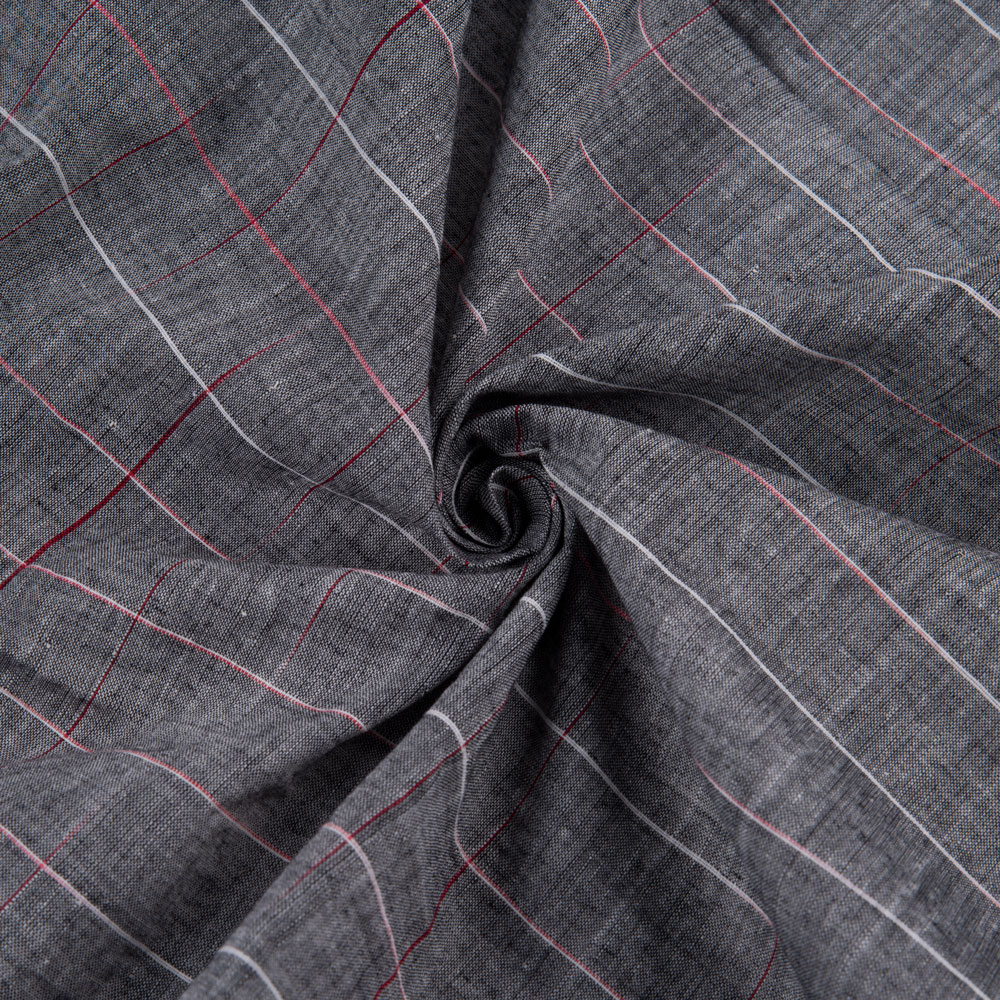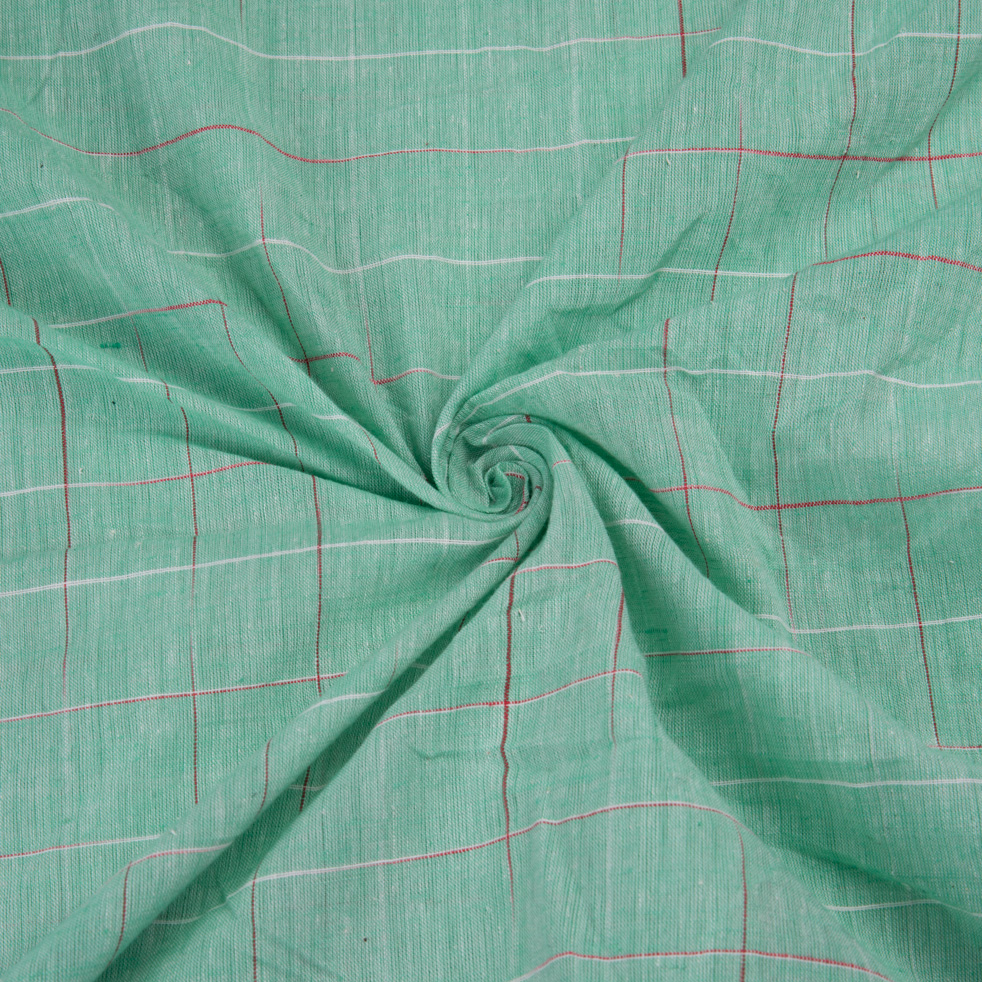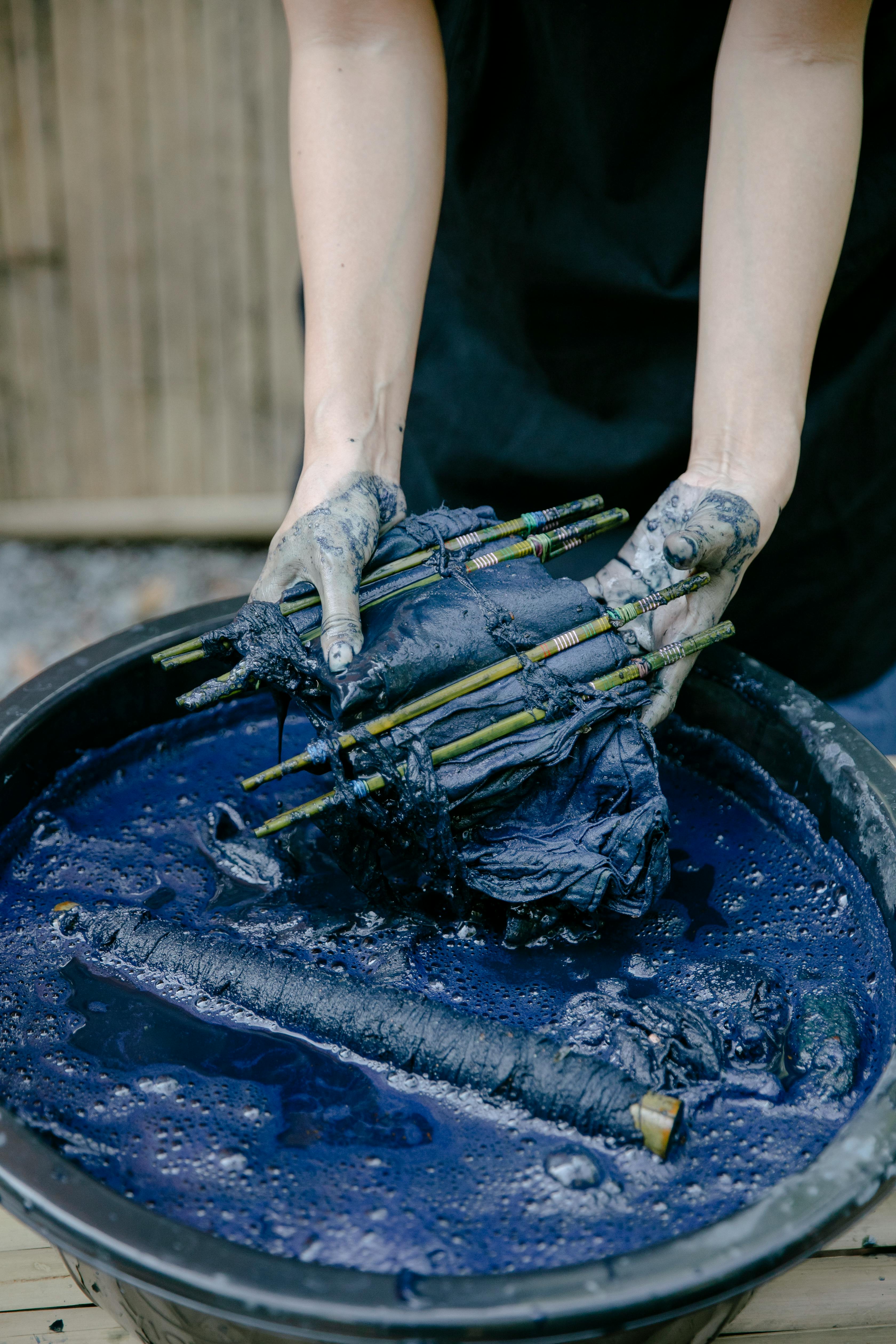
TIE-DYE TECHNIQUE

Due To The Nature Of This Craft, It's Easier To Develop A Distinguished Array Of Designs Applying The Tie Dye Directions At The Yarn, Fabric Or Even Apparel Stage Creating Unique Designs Merging Many Colours And Hues. At Anuprerna, We Are Developing Tie Dye Fabrics Using Organic Certified Azo Free Dyes, On A Range Of Fabrics Made Of Natural Materials Like Cotton, Linen And Silk.
WHAT IS TIE-DYE TECHNIQUE?
Tie-Dye is a term used for a number of ancient resist-dyeing techniques. The tie dye directions or technique typically consists of stitching, folding, twisting, pleating, or crumpling fabric or a garment and binding with string or rubber bands, or even clamps which is followed by dyeing.
The areas which have been tied or constricted, resist the penetration of the dye and remains white or the base fabric colour. Factors like the thickness of yarn or how tightly they are tied affect the extent to which the dye penetrates or is resisted.
Some popular examples of tie-dye fabrics are Shibori and Bandhani. Another form of tie-dye exists where the yarns for weaving are tie-dyed first and then the yarns are woven into a fabric.
This is known as Ikat. Also, the technique can be used with different kinds of dye including azo-free or even natural dyes for fabrics.
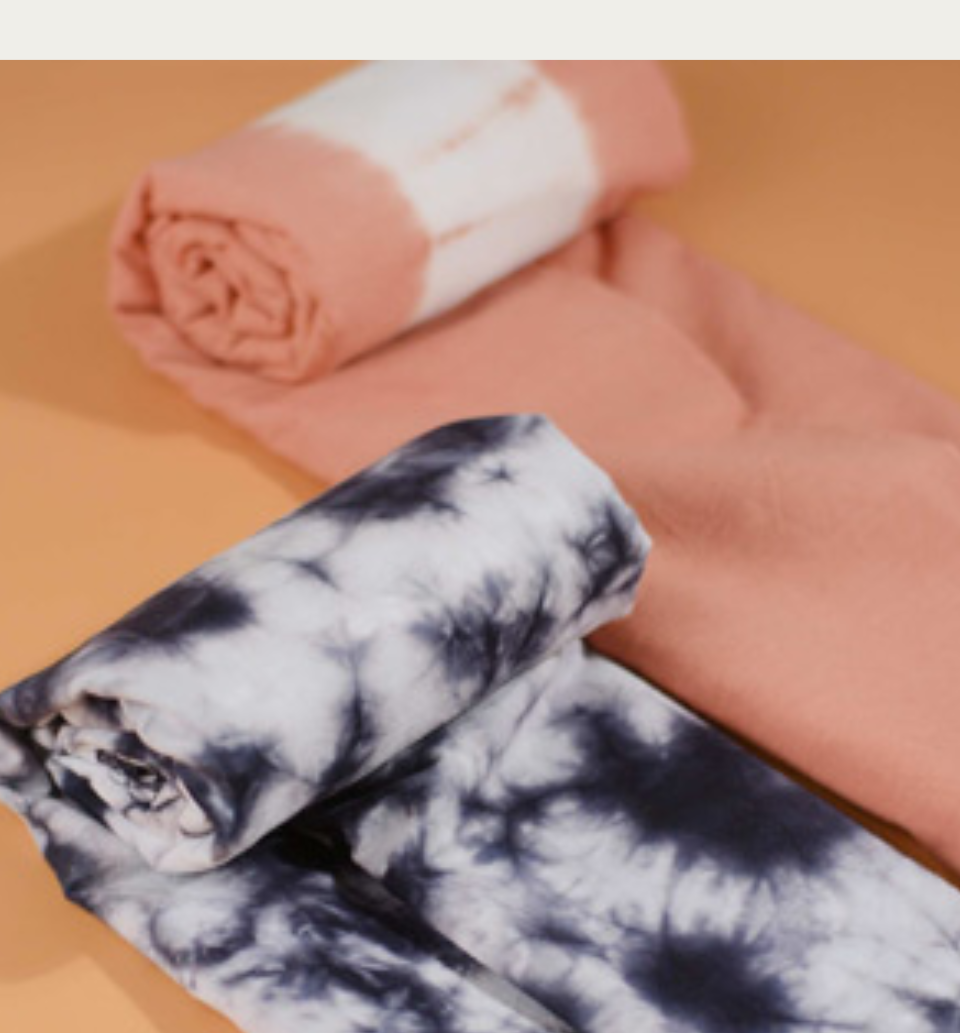
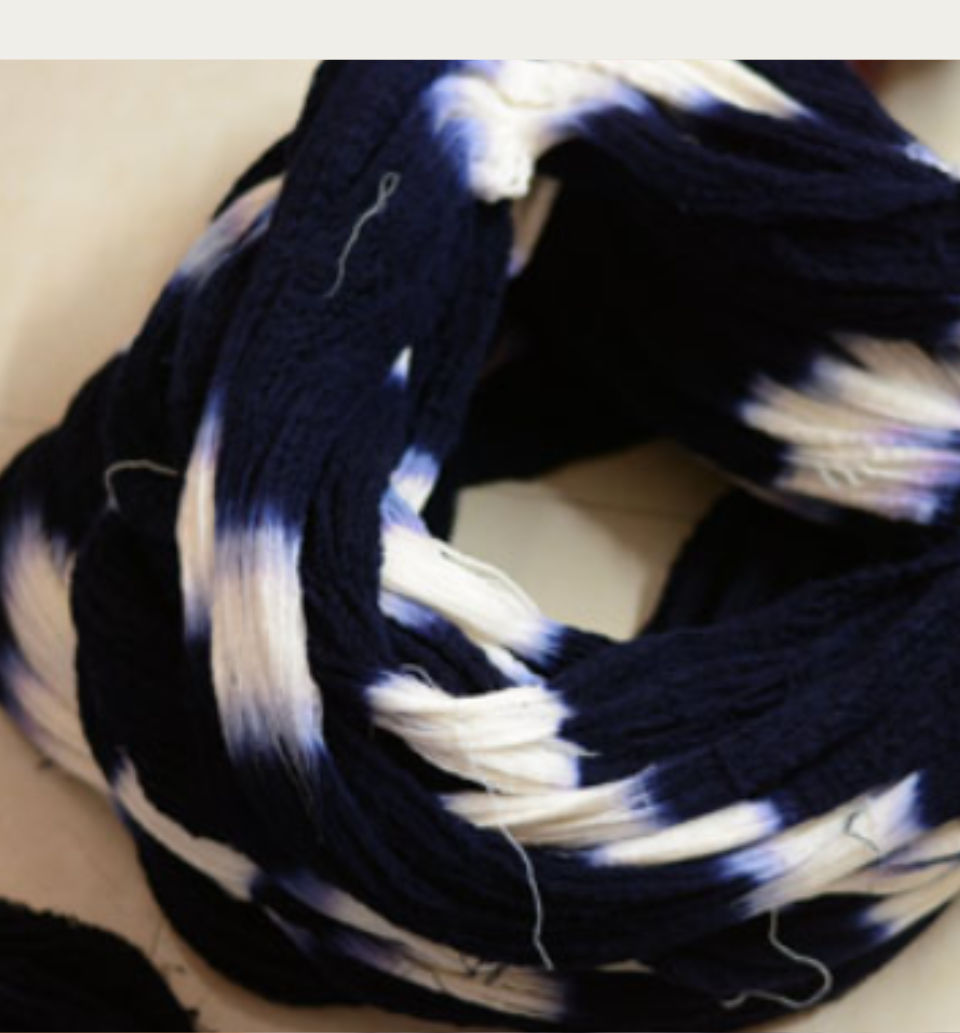
HISTORY
The existence of this art form dates back as early as 4000 B.C. Evidence of tie-dye known as “Bandhani” exists from the Indus Valley Civilisation, which continues to be crafted in India to this day.
Besides that, there are artefacts of this resist dyeing technique, known as Shibori which dates back to the 8th century.
Though introduced earlier, the craft became popular during the late 1960s in the form of a psychedelic pattern.
Types of Tie Dye Techniques
Tie-dye is one of the most creative and adaptable fabric dyeing procedures, noted for its bright patterns and handcrafted charm. Artists have created a variety of tie-dye methods over time, each of which gives fabric a distinct pattern and feel.
Spiral Tie-Dye
One of the most famous is the spiral tie-dye method. Before being dyed, the cloth is twisted into a swirl and secured with rubber bands or strings to produce dazzling color explosions. In order to create the random, hazy effects that are frequently seen in contemporary streetwear, fabric is freely crumpled and dyed using a more natural method known as crumple tie dye.
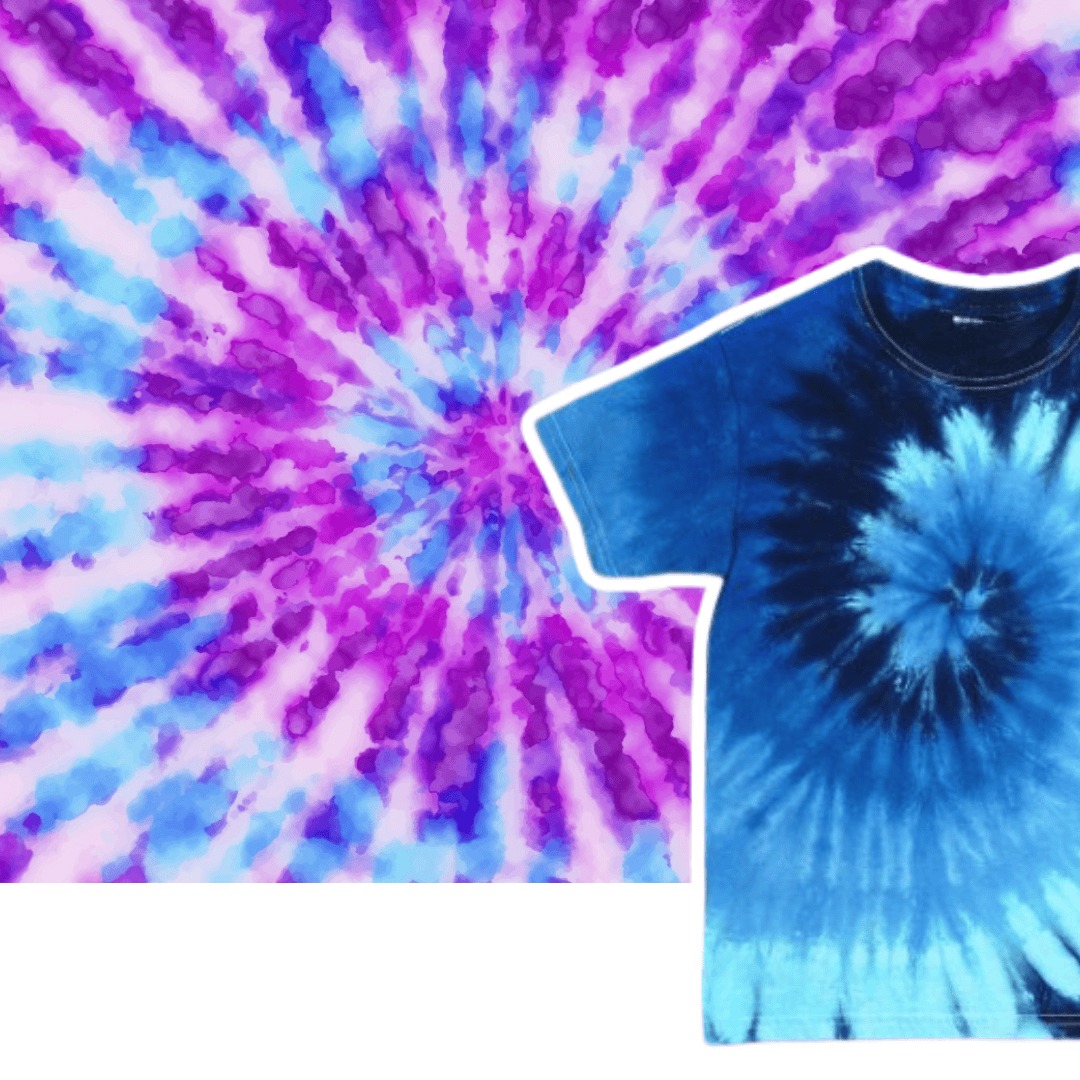
Shibori Tie Dye
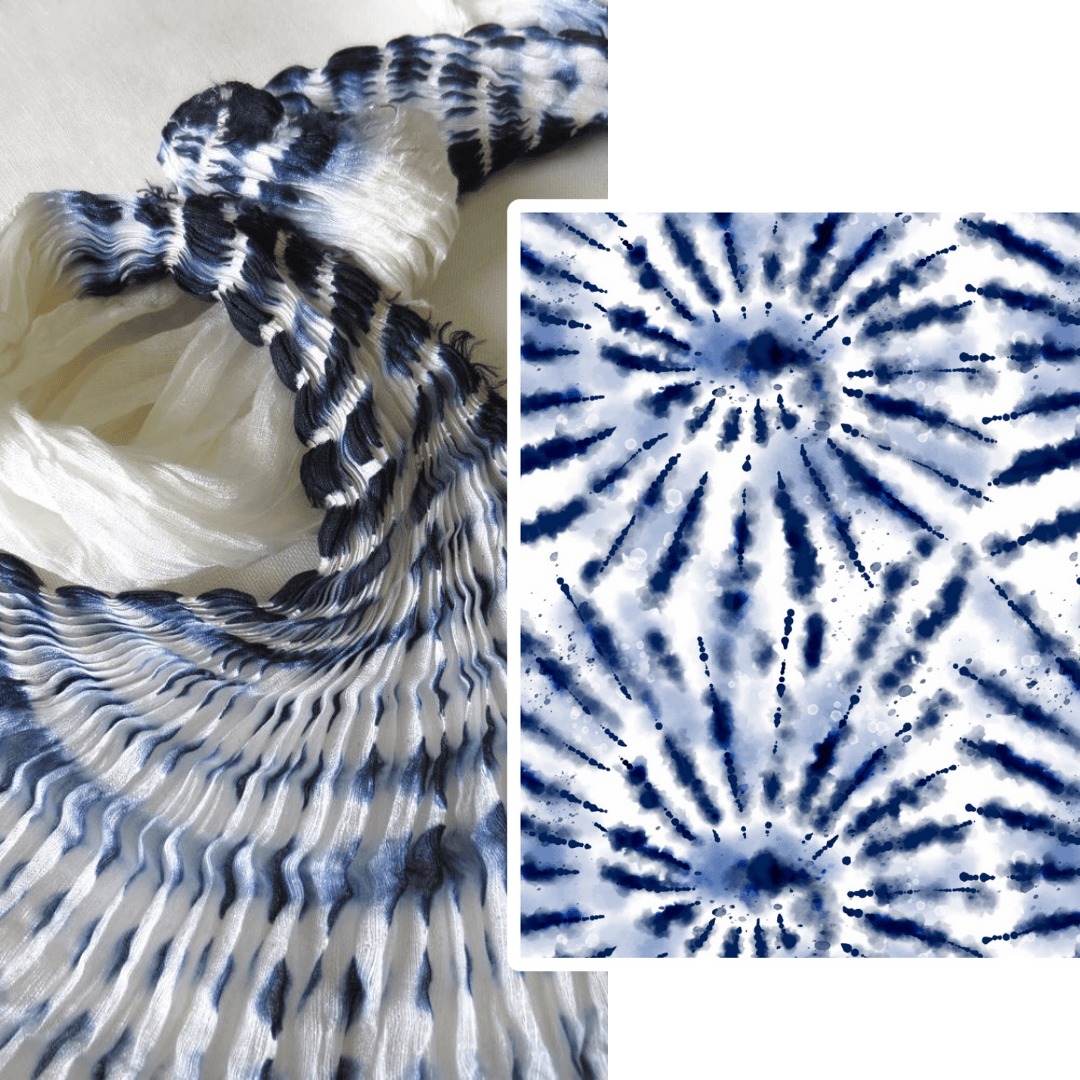
Shibori tie-dye is another well-liked technique that comes from Japan. It creates delicate, geometric, or wave-like patterns by resisting color in specific places with elaborate folding, binding, or stitching. Stripe tie-dye gives the fabric a smooth, linear appearance by pleating it in straight or diagonal lines before binding and dyeing.
Bullseye Tie-Dye
The fabric is pulled from a single point and then bound at regular intervals to produce concentric circles using the bullseye tie-dye. For a softer look, ombre or dip dye creates a more sophisticated gradient effect by gradually blending colors from light to dark.
Each method gives the fabric a unique identity while enabling artists to express their ideas. These tie-dye methods transform simple textiles into striking, wearable works of art by fusing artistry and tradition, whether applied to cotton, silk, or khadi.
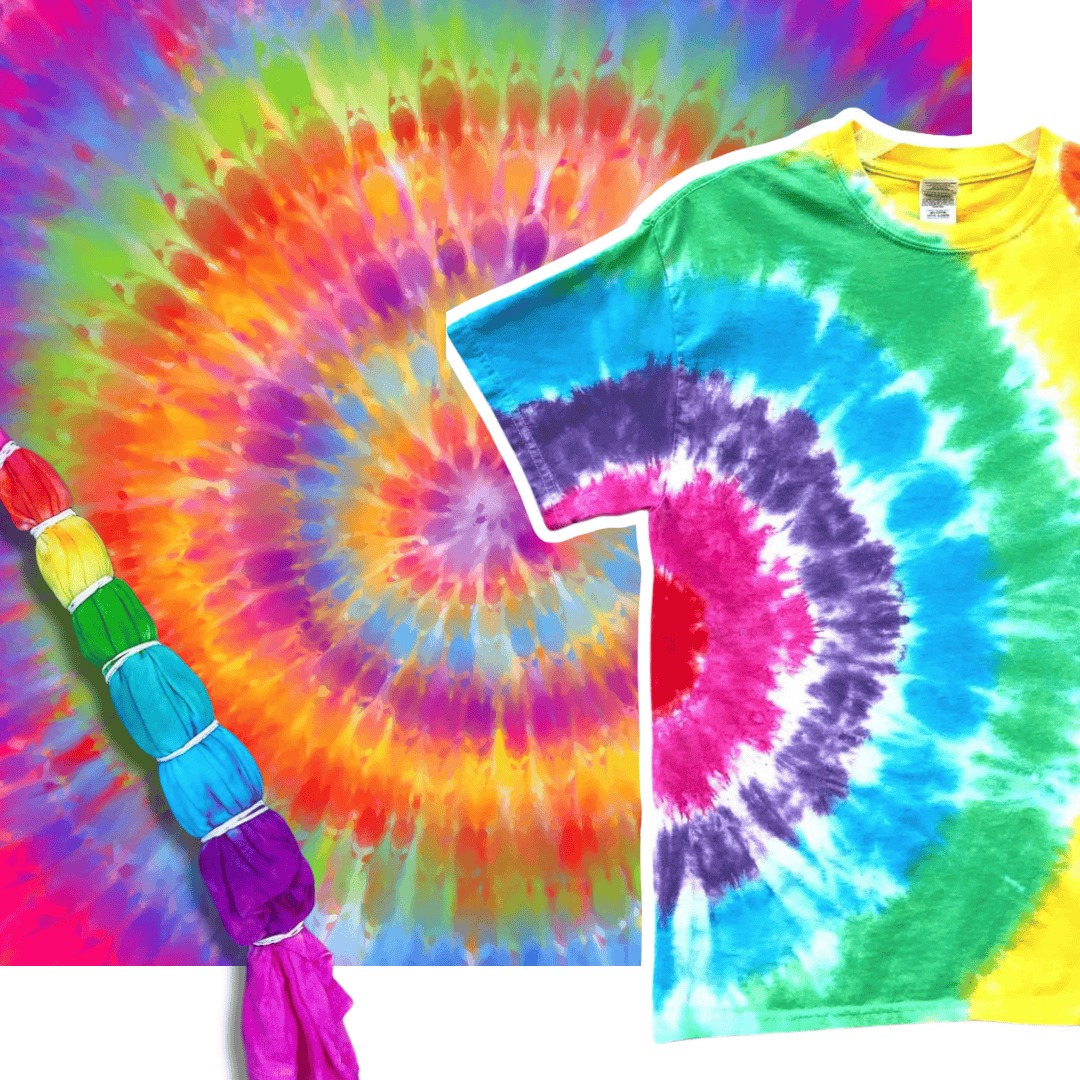
TIE-DYE PROCESS VIDEO
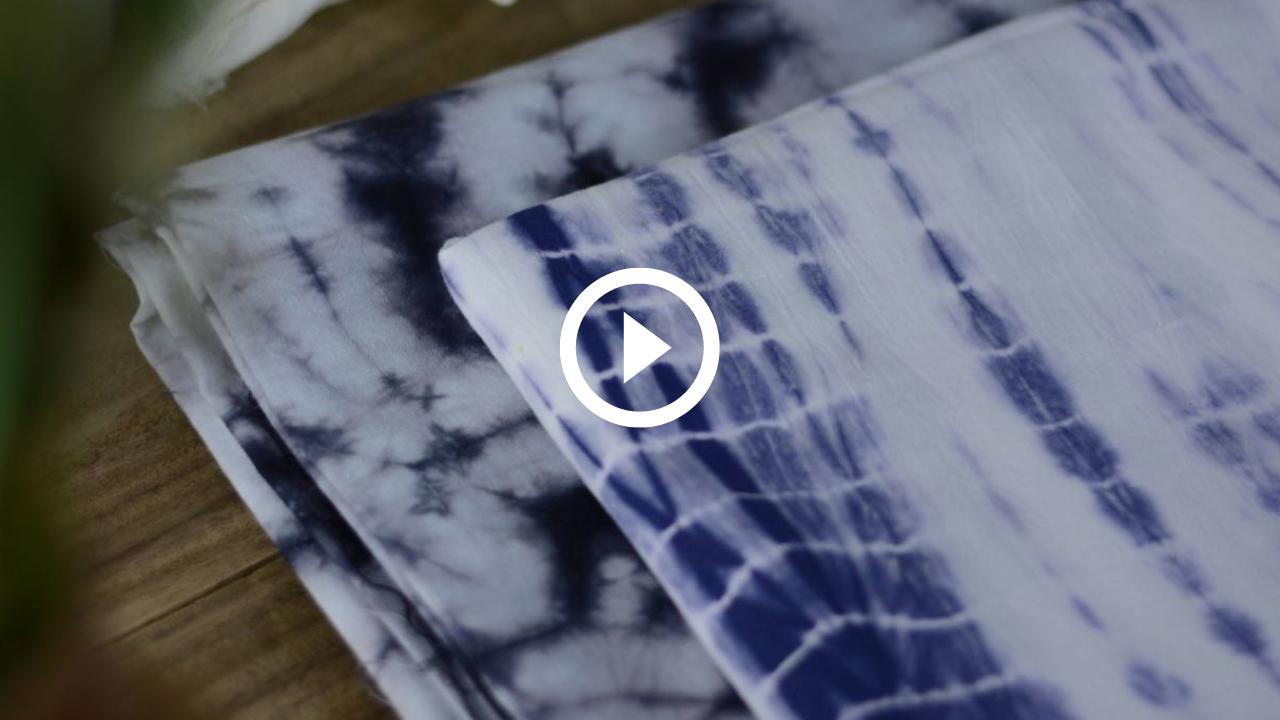
METHODS OF TIE AND DYE
STEP 1: PATTERN DEVELOPMENT & BINDING
The resulting pattern of a fabric can vary depending on how it is folded or tied, so it is important to decide on the pattern first.
Once the pattern is determined, the fabric is folded, scrunched, or tied accordingly.
The level of tightness in which the fabric is bound determines the effectiveness of resisting the dye.
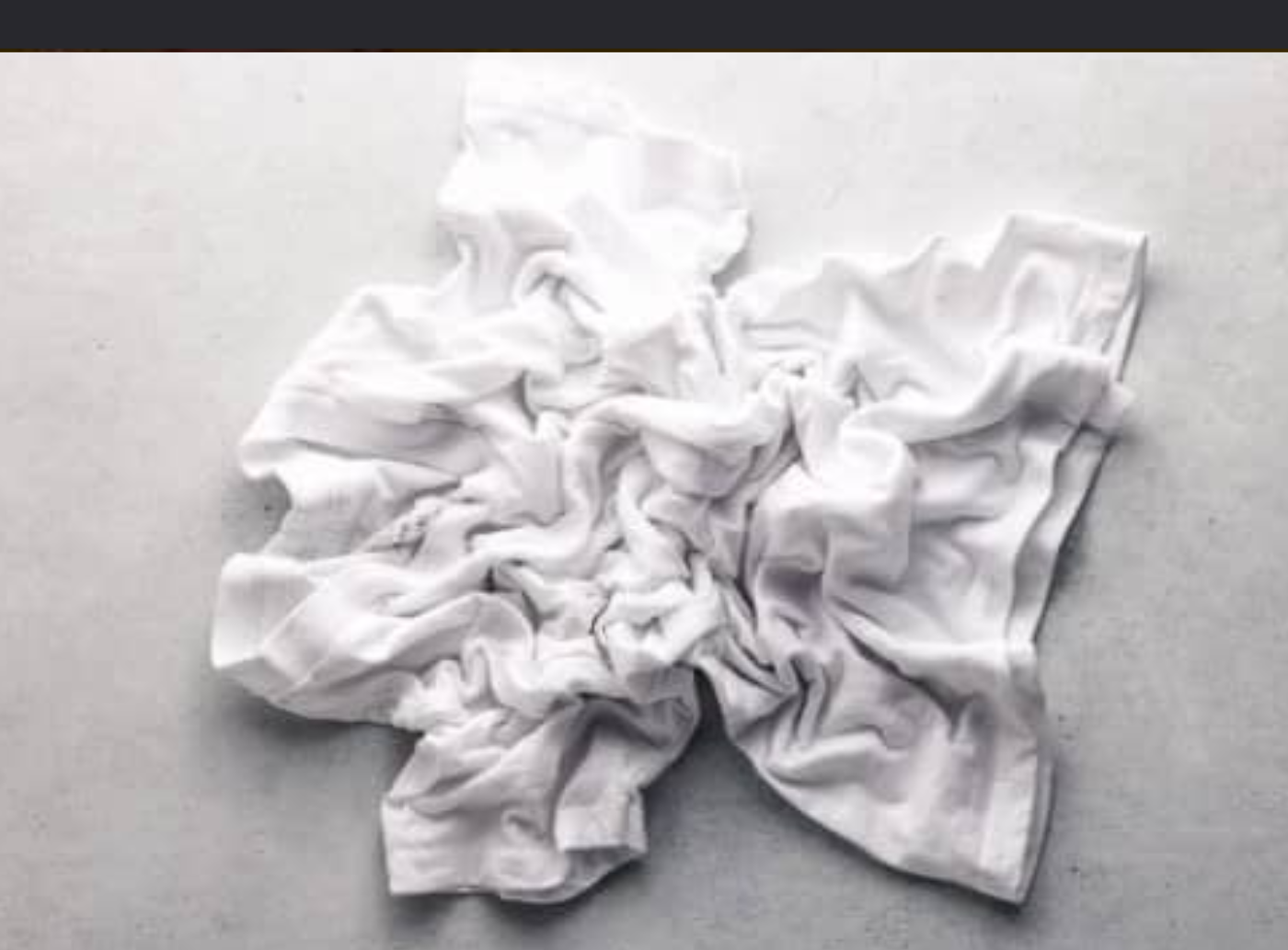
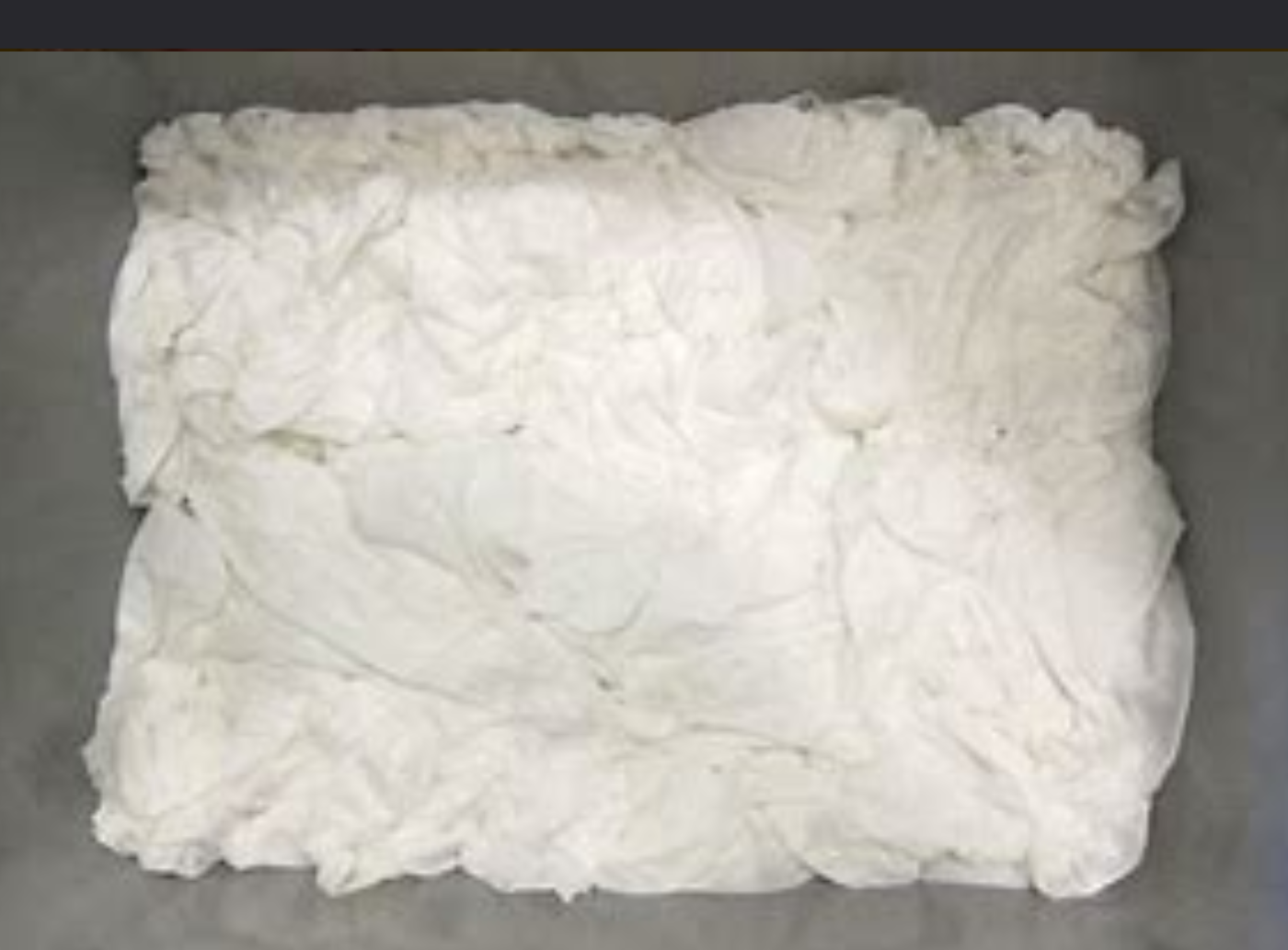
STEP 2: FABRIC PREPARATION
In order to achieve uniform dyeing, the fabric that is tied is immersed in a mixture of washing soda (a retardant) and water.
STEP 3: PREPARING DYE BATH
In order to prepare the dye bath, a sizeable amount of water is brought to a boiling point. Subsequently, salt is introduced into the boiling water, followed by the direct dye. Once the dye has fully dissolved, the dye bath is considered prepared and ready for use.
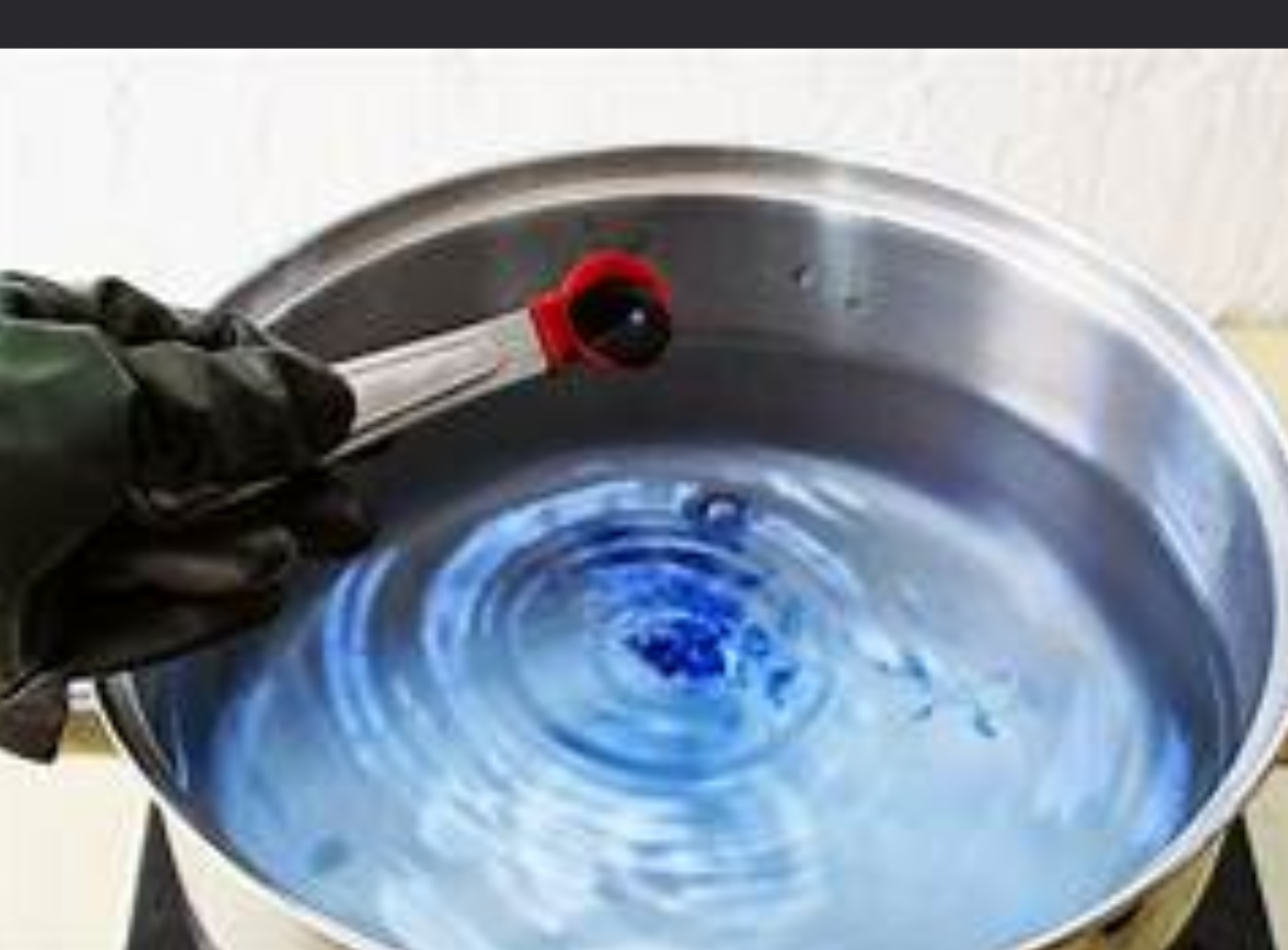
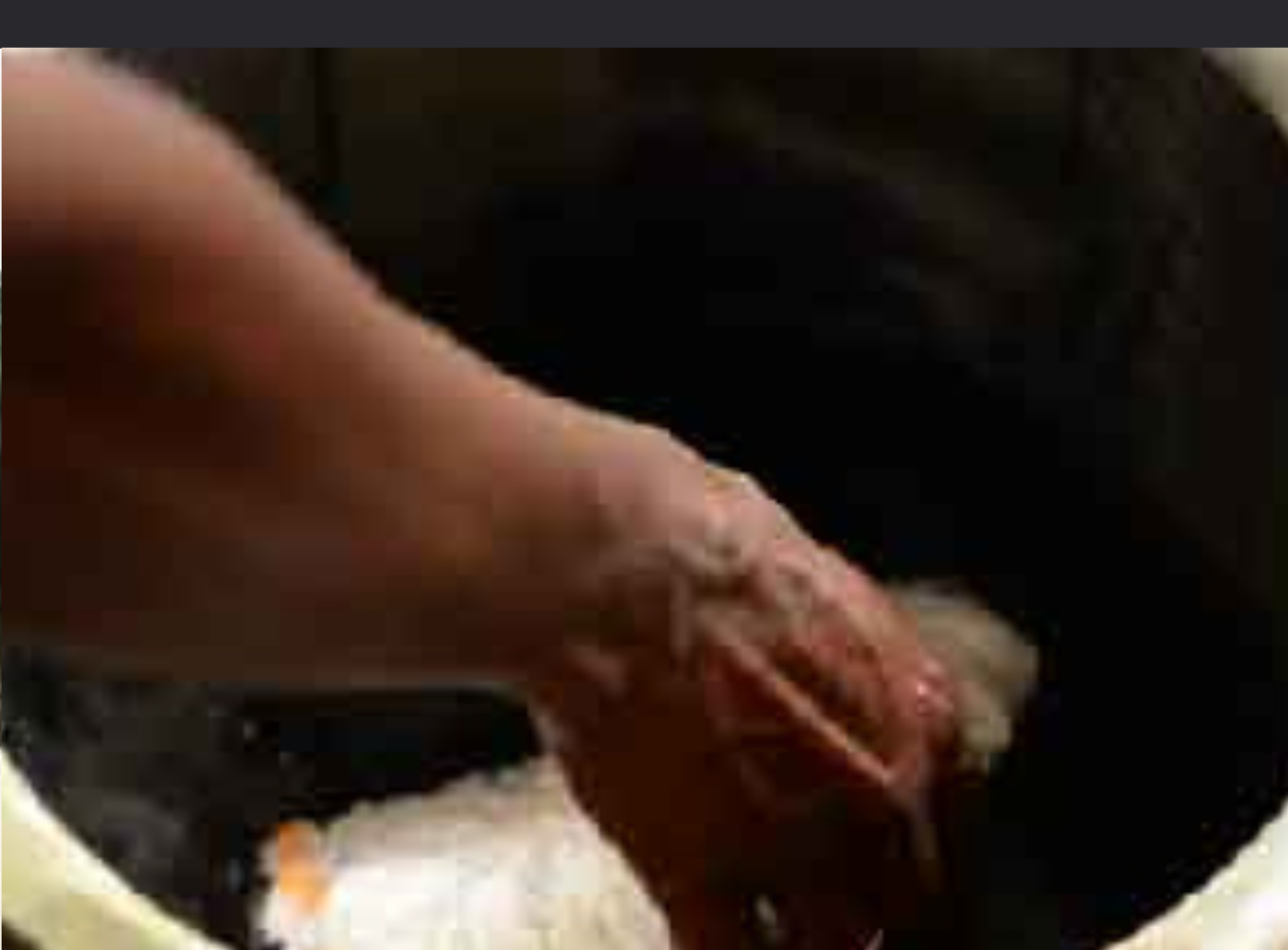
STEP 4: DYEING
The prepared fabric is added to the dye bath and continuously moved for optimal dye penetration.
STEP 5: WASHING
The cloth is subsequently taken out from the dye solution and transferred into fresh water, allowing it to cool down before it is unraveled.
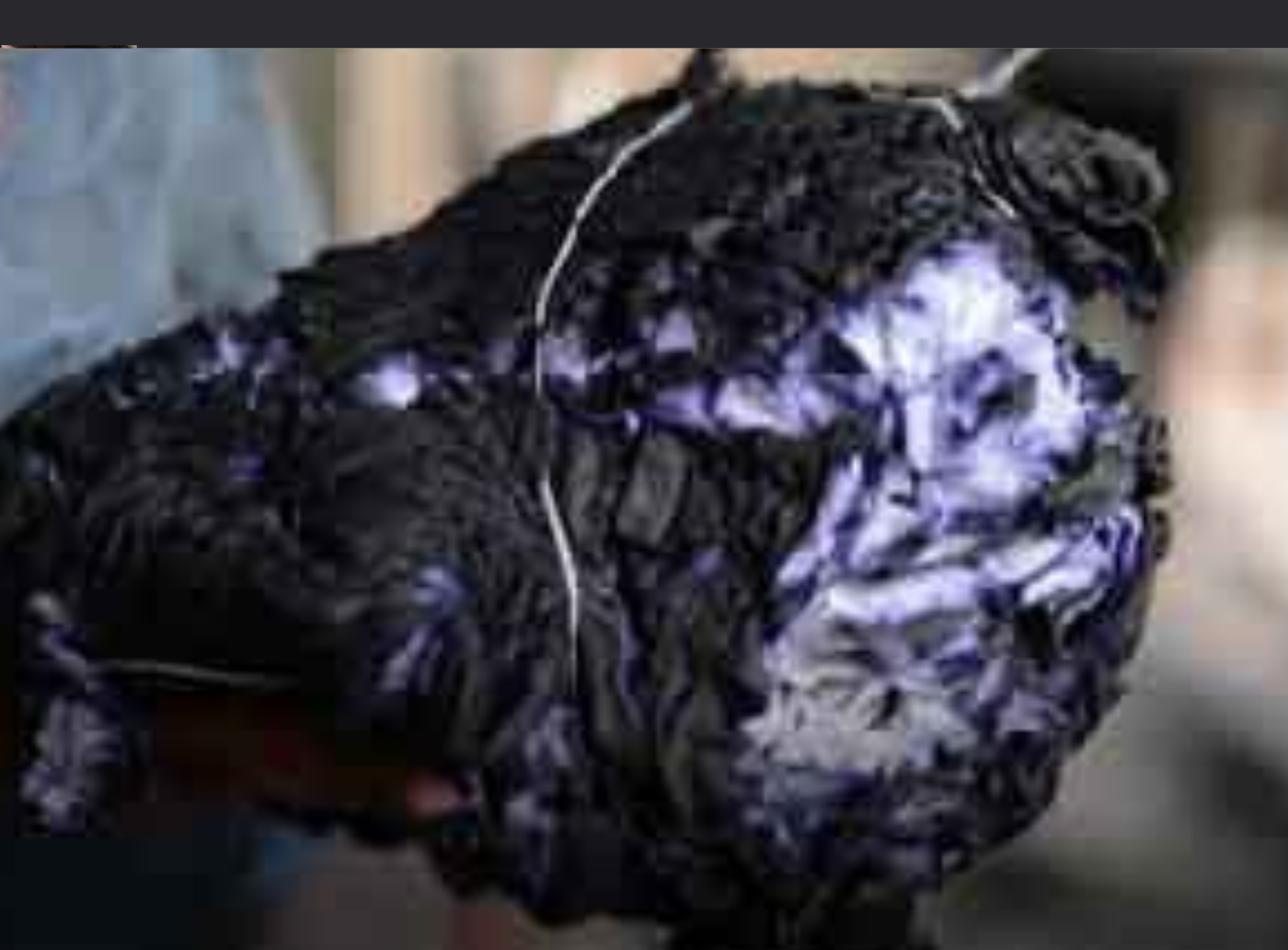
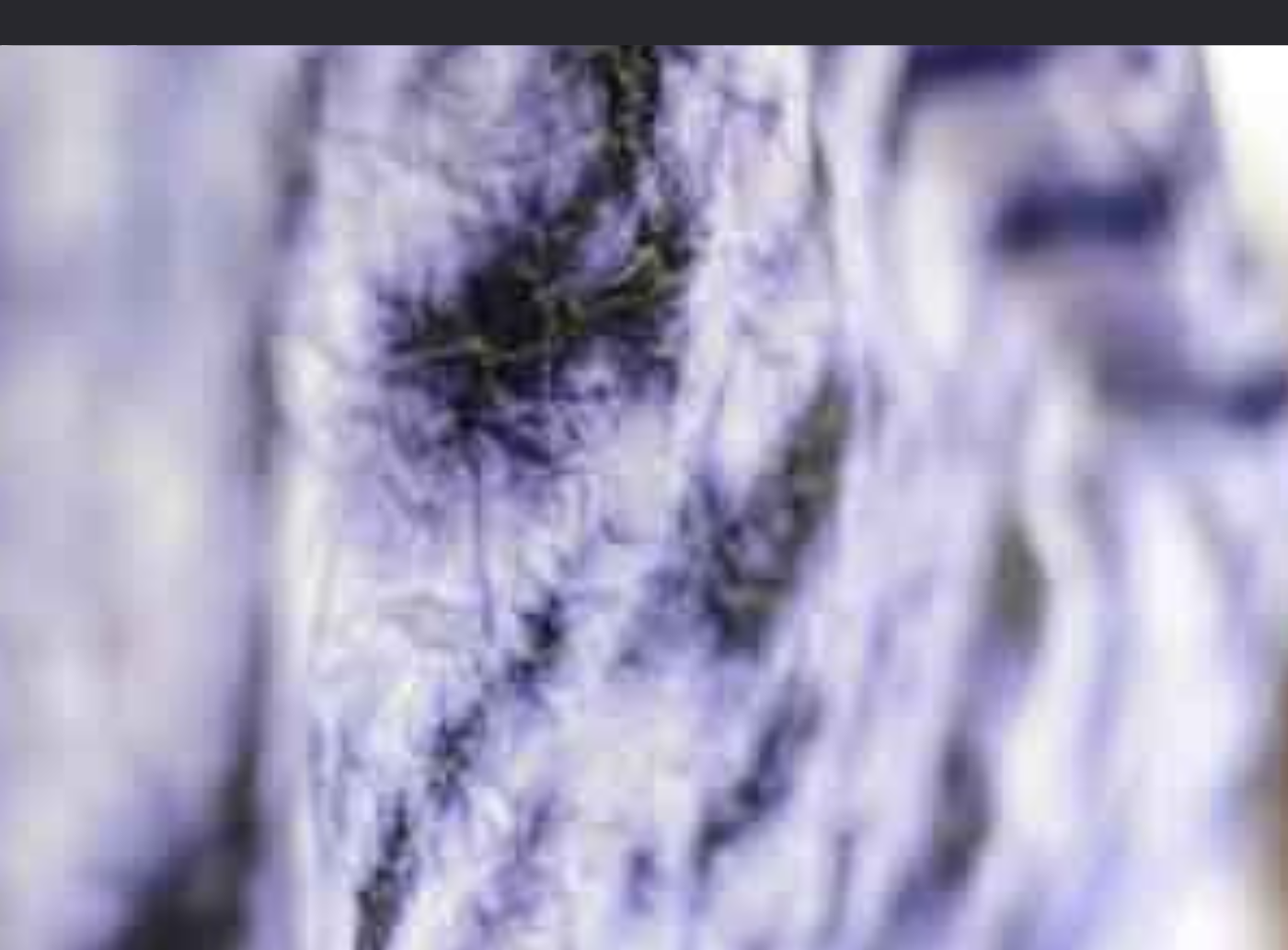
STEP 6: DRYING
After the fabric has been thoroughly cleaned in the washing process, it is now time to dry and iron it. Drying the fabric is essential to remove any remaining moisture and ensure it is completely dry before ironing.
WHAT IS GREAT ABOUT TIE-DYE?
In our earlier Shibori collection, nylon threads were woven into the fabric that was then pulled and tied before dyeing. In contrast, our new tie dye collection is made by tying the fabric with separate thread after it has already been woven and then dyeing it. The great thing about Tie-Dye is that it's cost-effective. The equipment needed for tie-dye is easily available and inexpensive. It does not require the use of machinery. Besides, the patterns for tie dye are always unique. No two fabrics can ever be identical. And it can be done in a wide range of colours. However, depending on the pattern, it can be labour-intensive. More sophisticated tie-dyed may involve additional steps, including an initial application of dye before the resist, multiple sequential dyeing and resist steps, and the use of other types of resists (stitching, stencils) and discharge.
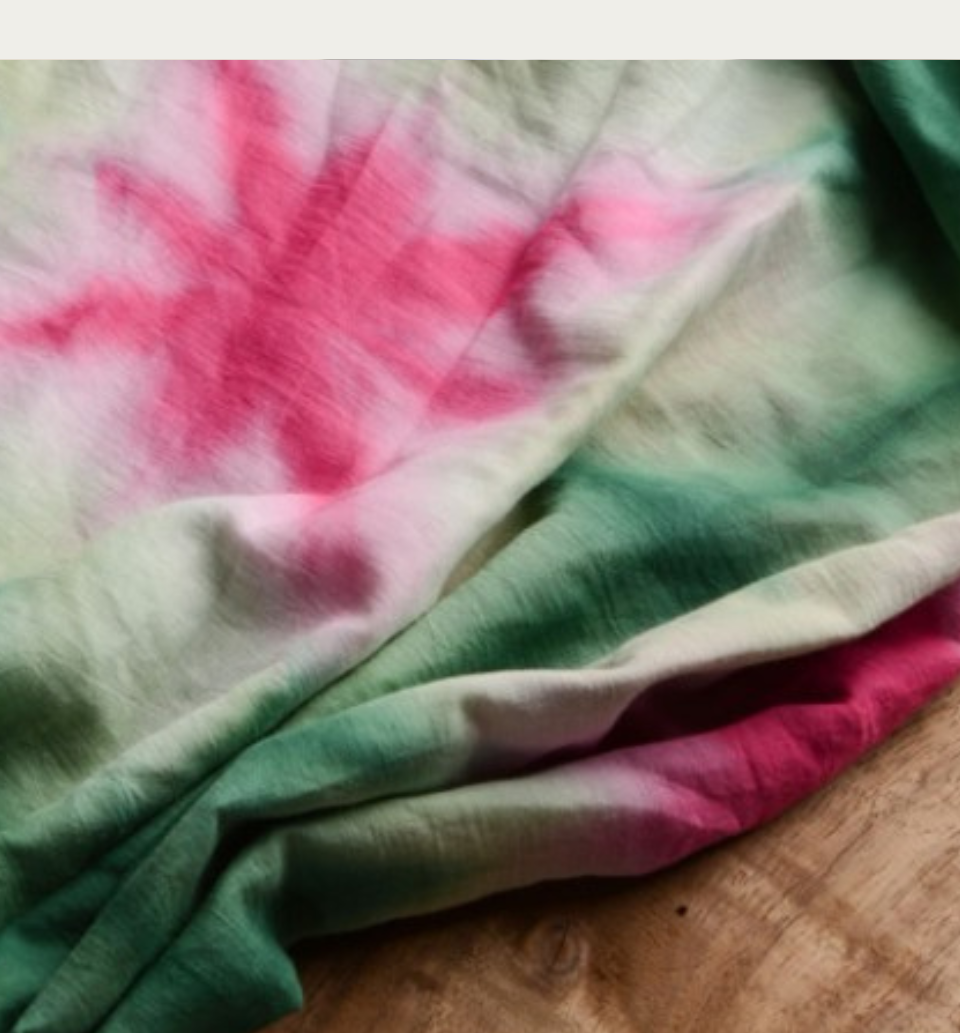
The Re-emergence of Tie Dye
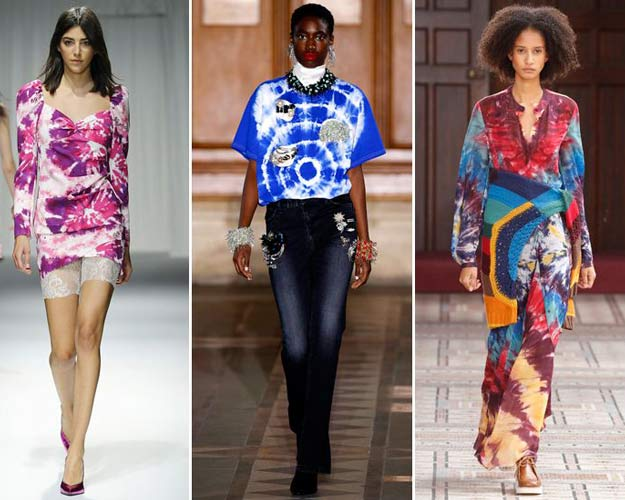
The major appeal of tie-dye has always been its individuality. Being a manual process and the nature of this craft, no two pieces are ever the same.
With the growing awareness of sustainability, eco-fashion and natural dyes in the fashion industry, there has been a re-emergence of Tie dye. More and more brands have embraced the uniqueness and uncertain outcome of the craft. Tie-dye has come a long way from the psychedelic tees of 60's and 70's today's caftans, maxi dresses, sweatsuits and denim. But it continues to be a symbol of individuality and creative expression.
frequently asked questions
What are the applications of tie-dye textiles?
arrow_drop_downTie-dye fabrics offer a diverse range of uses that vary depending on the design and colors used. They are particularly suitable for producing various clothing items such as T-shirts, dresses, skirts, and accessories like scarves. Additionally, tie-dye fabrics can be used for home decor items like throw pillows and cushions, as well as for beachwear. Their versatility also makes them ideal for art and craft projects, as well as DIY projects.
What is the proper way to maintain my tie-dyed fabric?
arrow_drop_downIn order to maintain the durability of your tie-dye fabric, it is advisable to wash it separately from other garments to avoid the transfer of dye. Opt for cold water and a gentle detergent when laundering. To preserve the fabric, allow it to air dry instead of using a machine dryer. It is recommended to store the tie-dye fabric in a cool, dry location away from direct sunlight.
In the creation of tie-dye fabrics, what are the materials and techniques employed?
arrow_drop_downTie-dye usually utilizes fabrics such as cotton and silk, as they have excellent absorbent properties. Elaborate designs are achieved by employing diverse methods like folding, twisting, and tying resulting in different tie-dye textures on these materials. There are numerous techniques like spiral, crumple, bullseye, and more. Each involves a different way of folding and tying the fabric before applying dye.
Is it possible to make custom tie-dye design and choose specific colors?
arrow_drop_downYes, it is absolutely possible to create custom tie-dye designs and colors. Tie-dye is a highly customizable and creative art form, and you can achieve a wide variety of unique designs and colors by experimenting with different folding and binding techniques, as well as by mixing and applying dyes in various ways
More Stories

ikat - a distinctive style
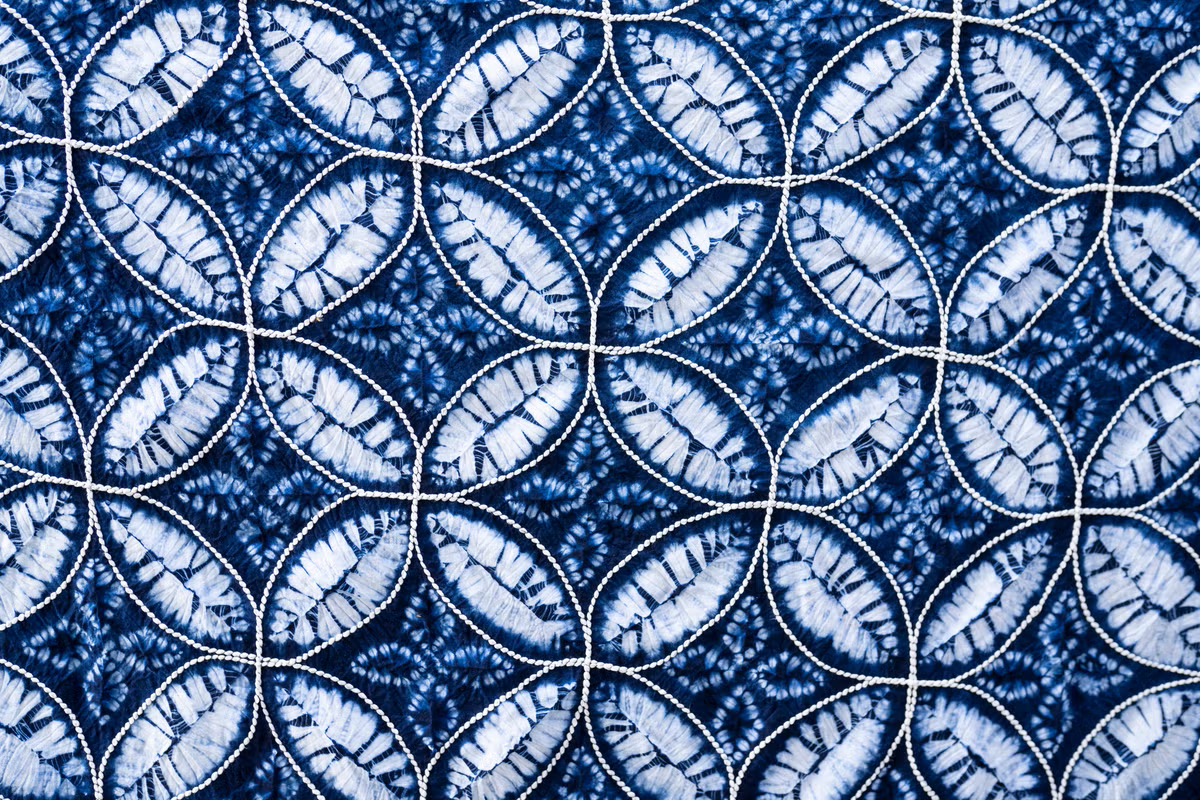
shibori dyeing
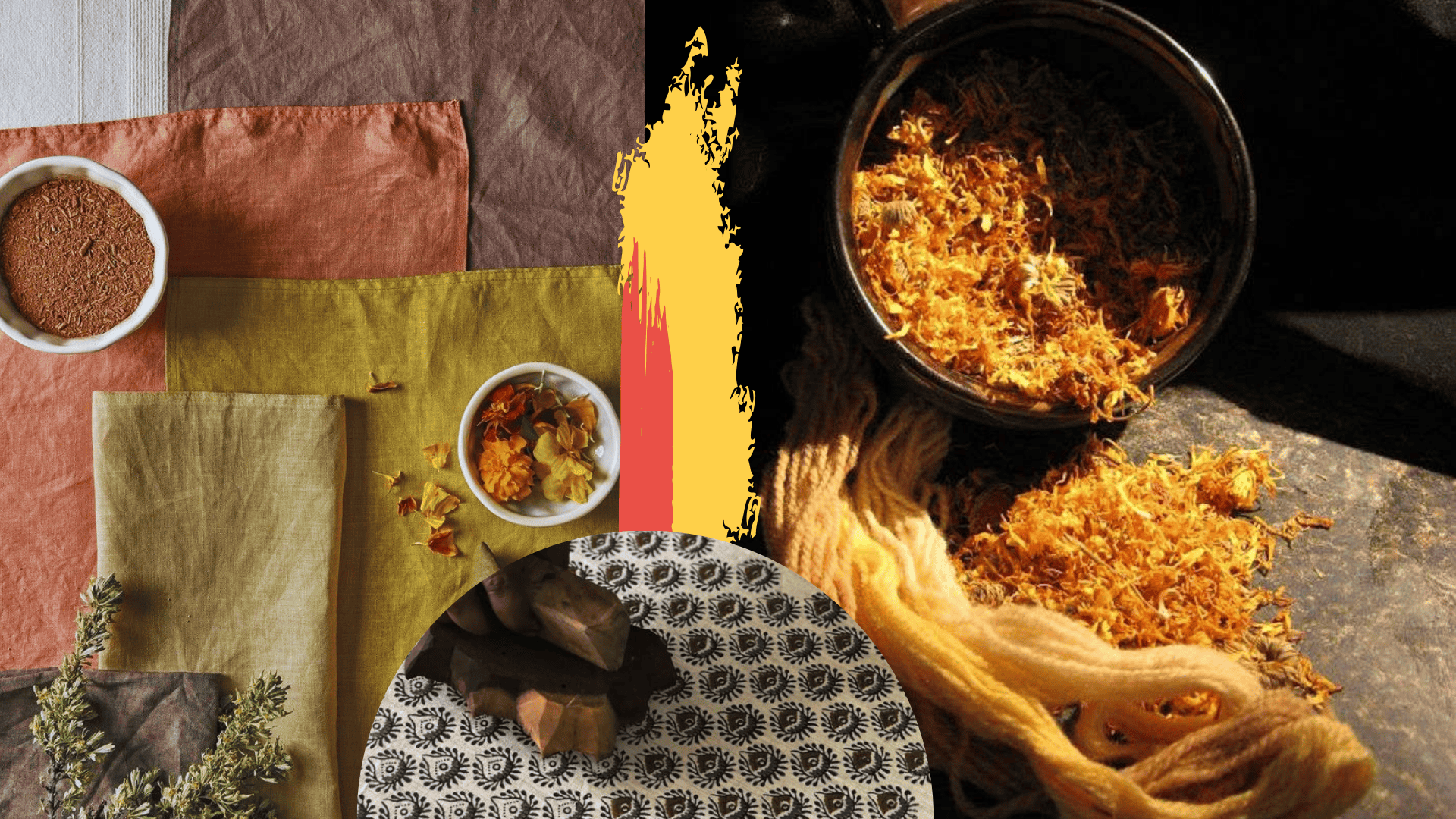
naturally dyed block printing

digital printing
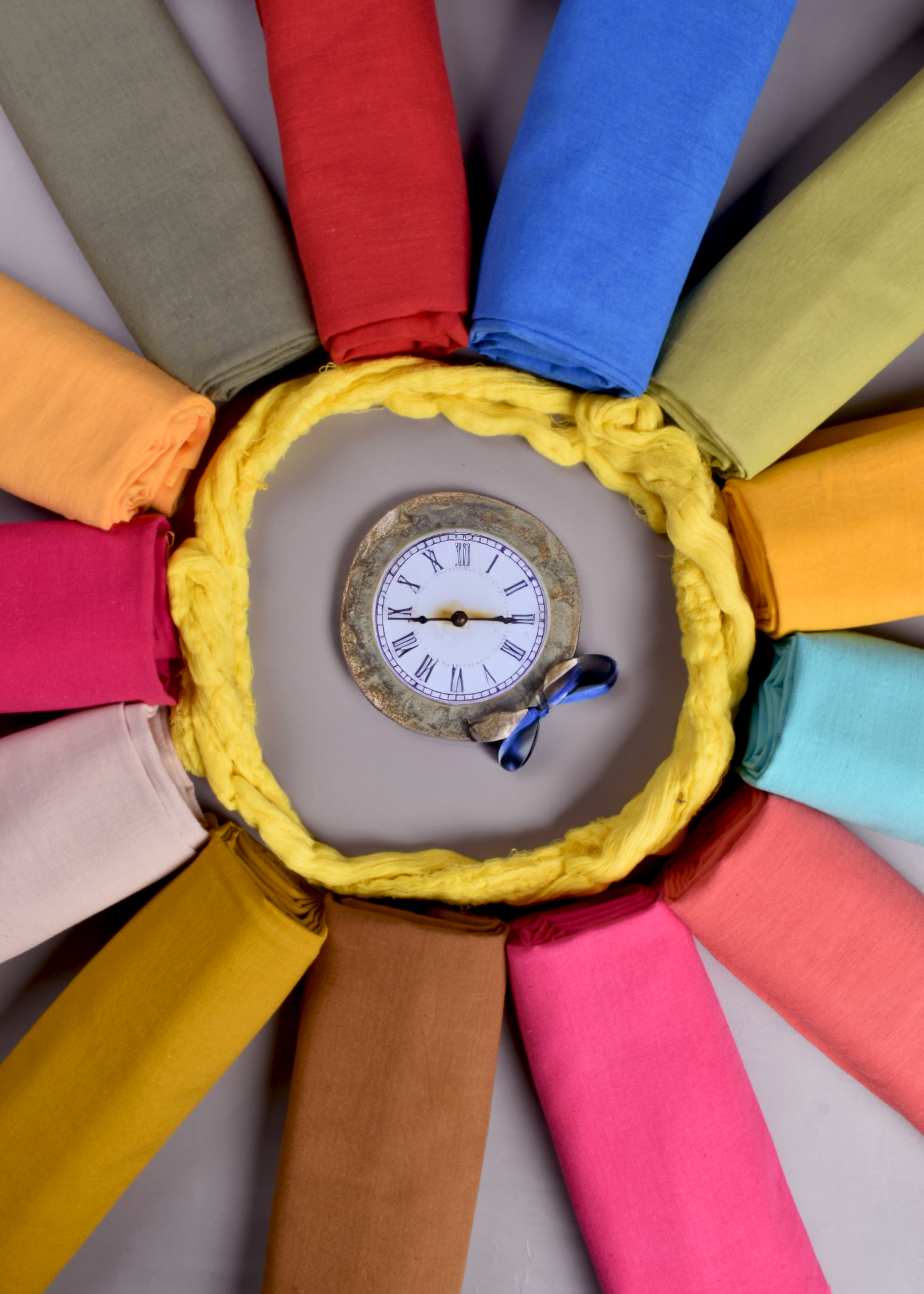
piece dyed fabrics

tussar silk

